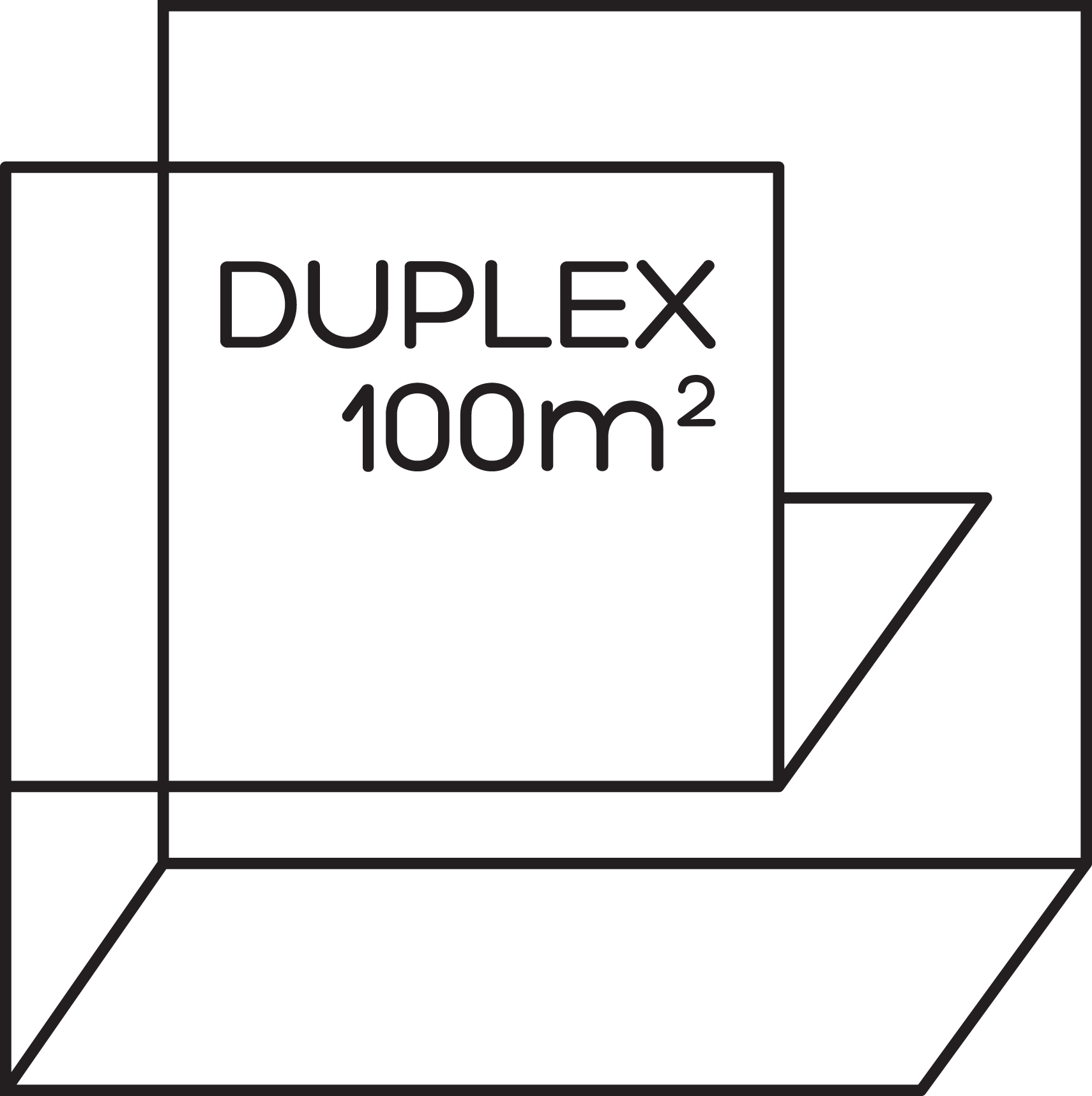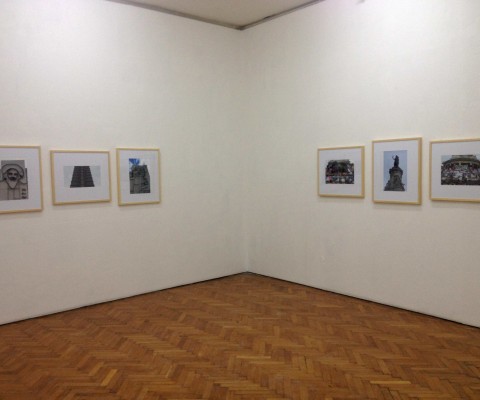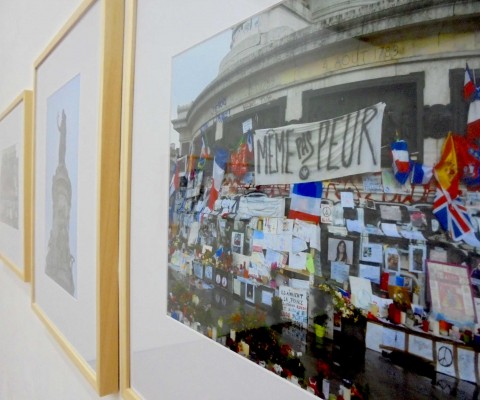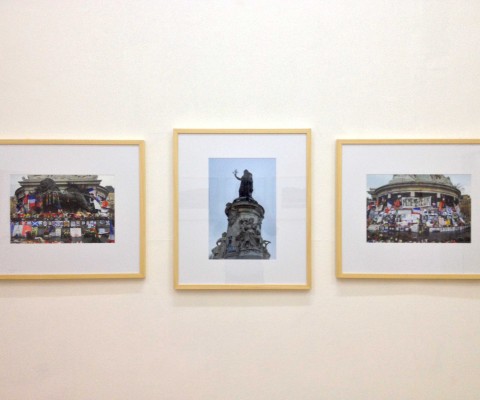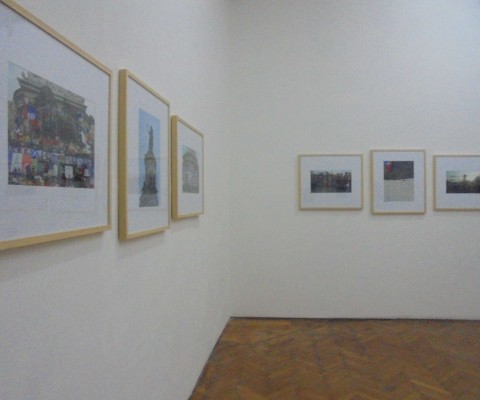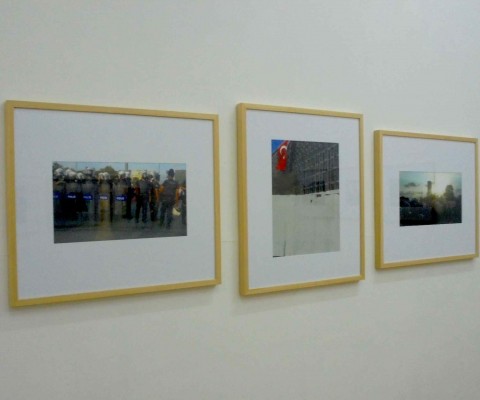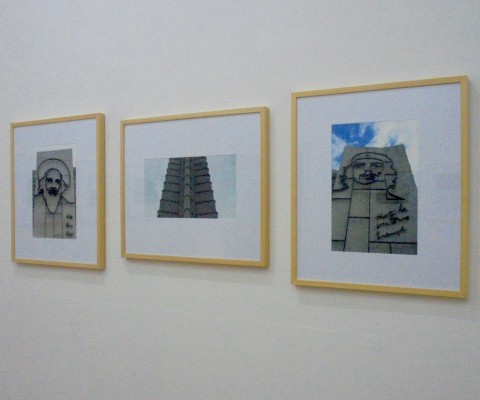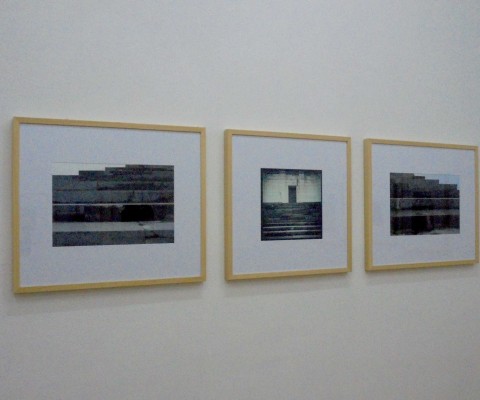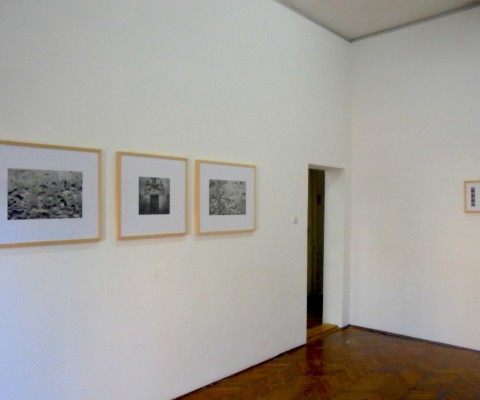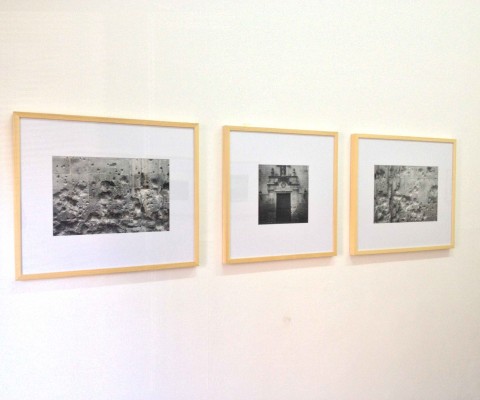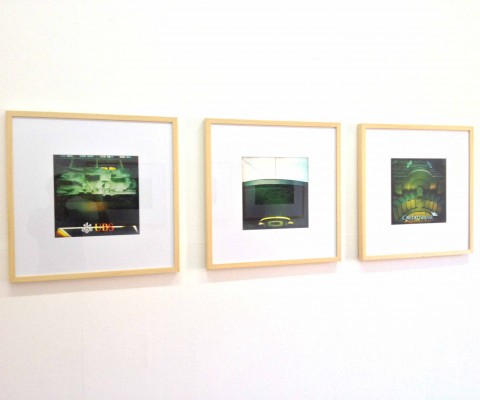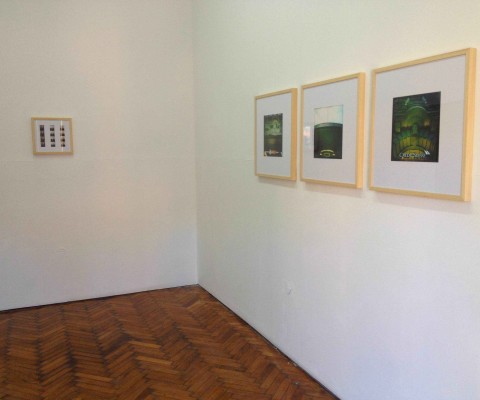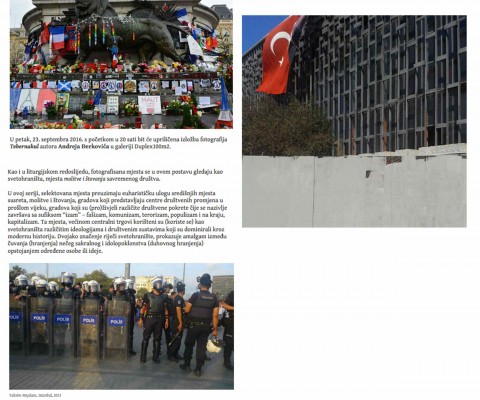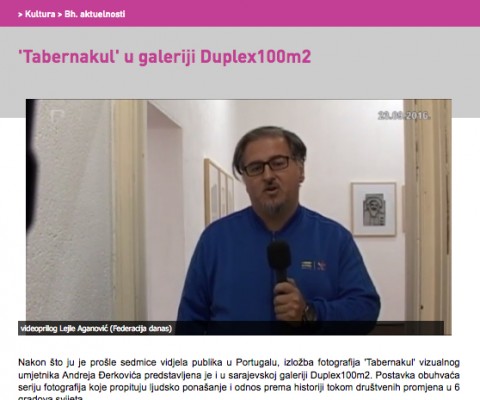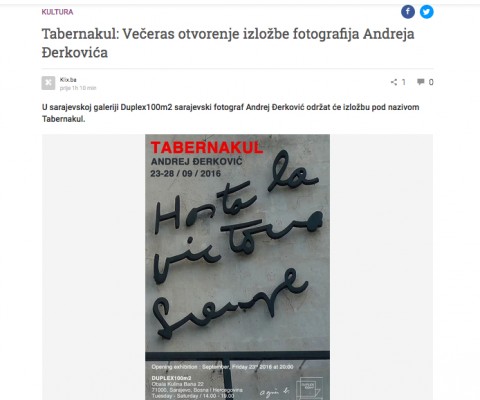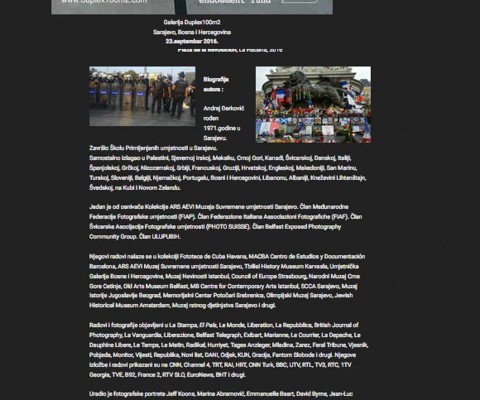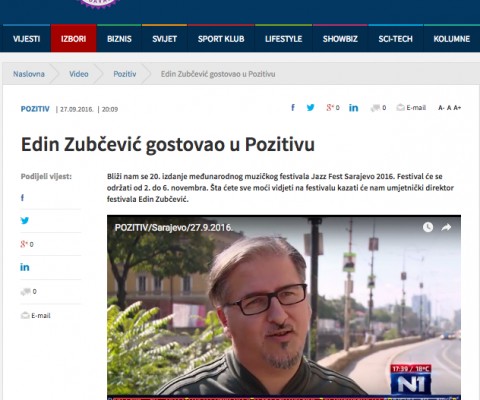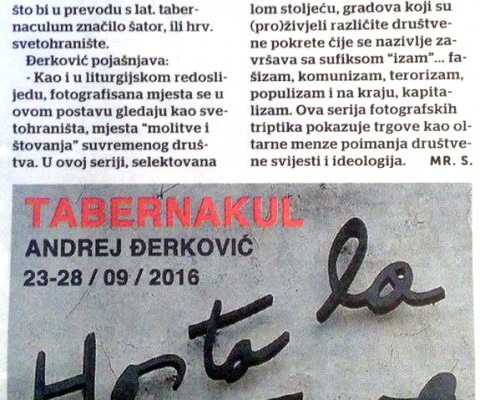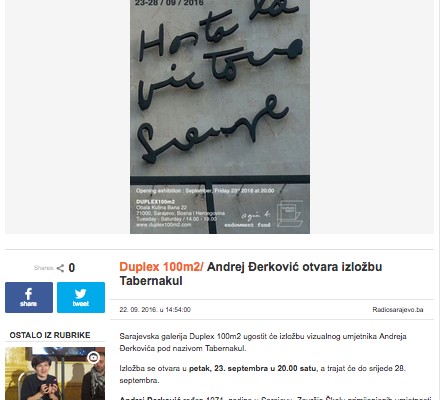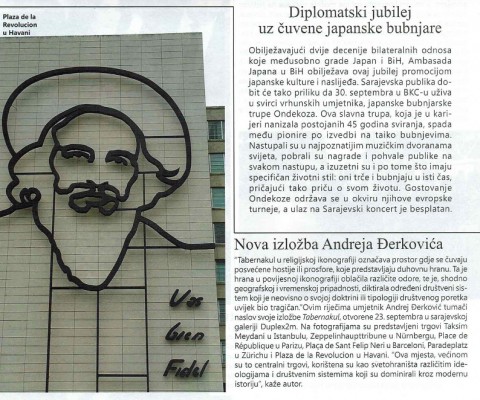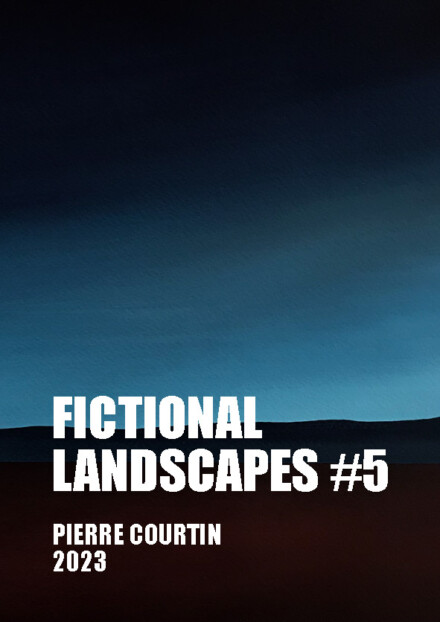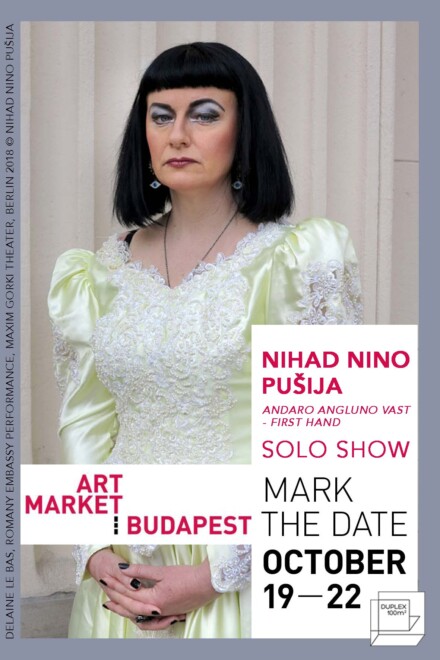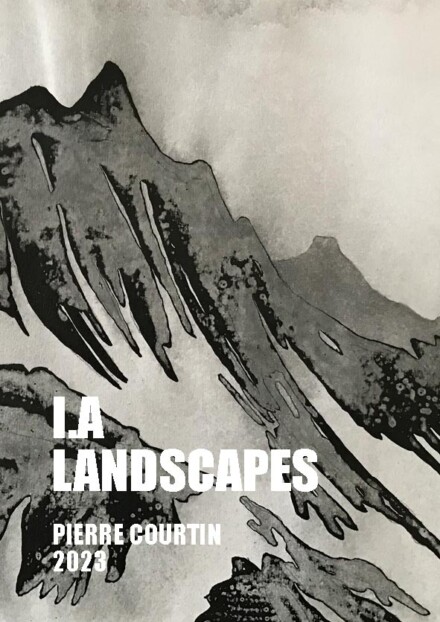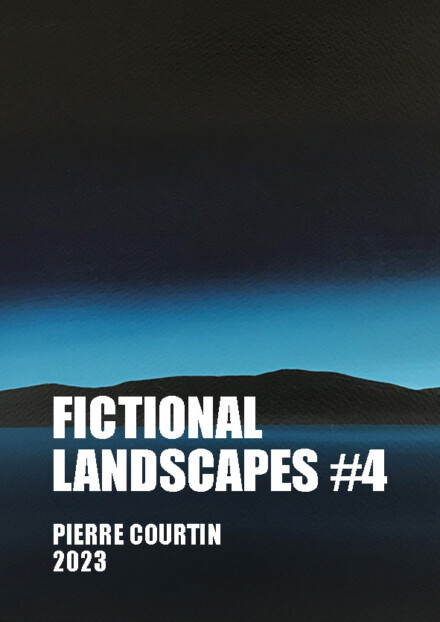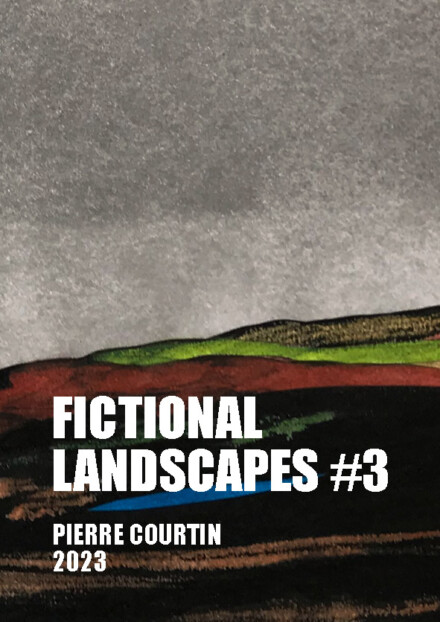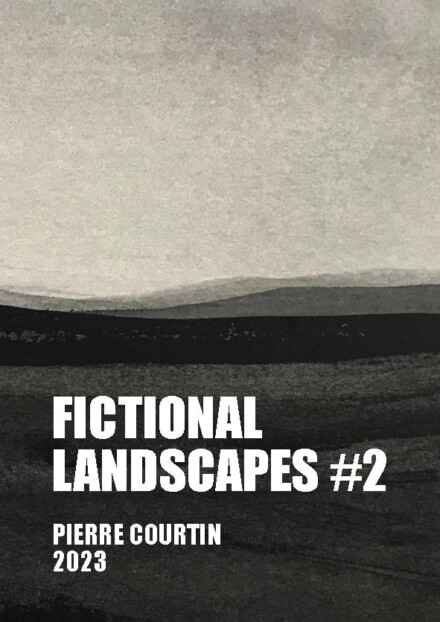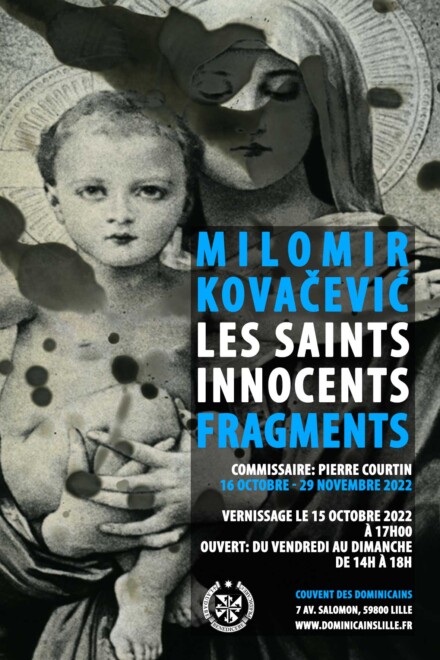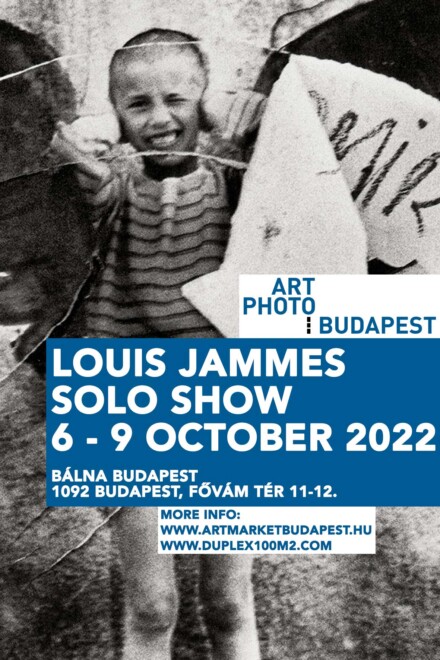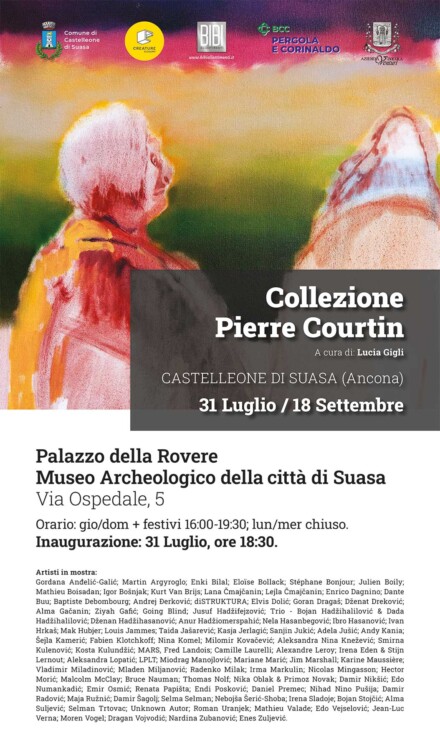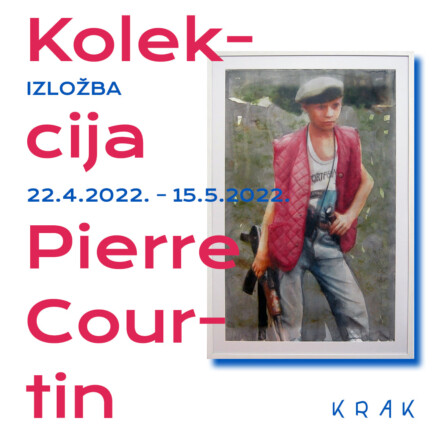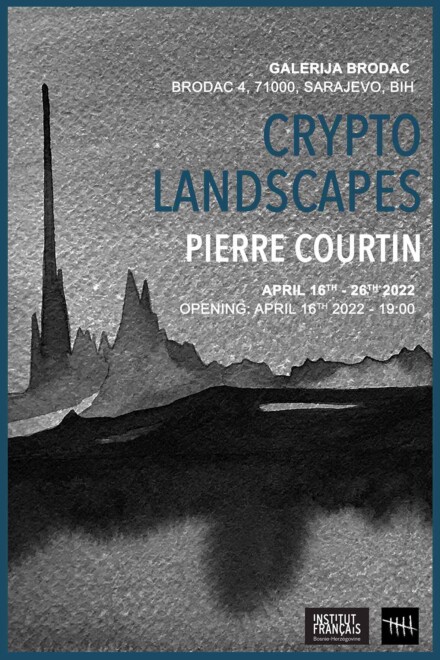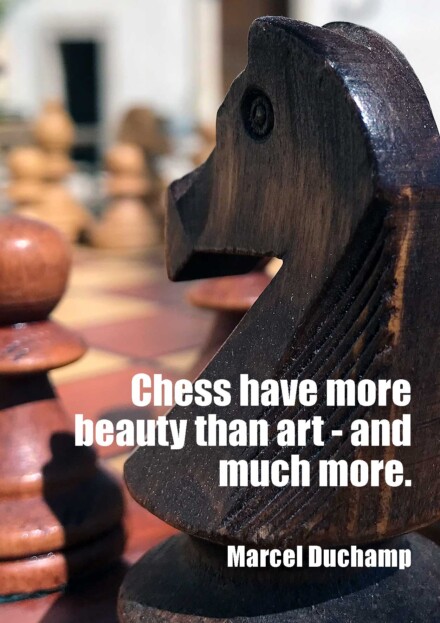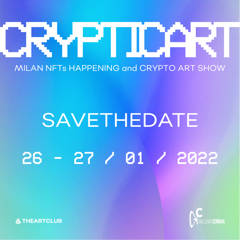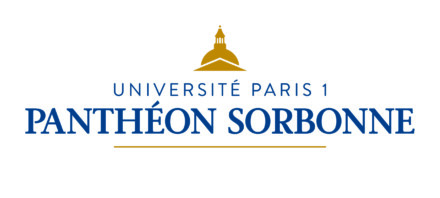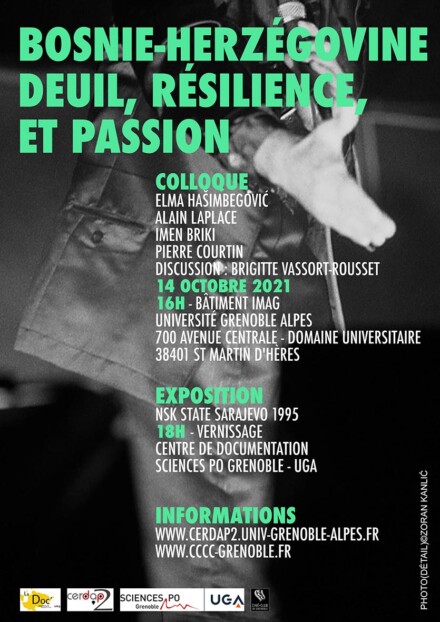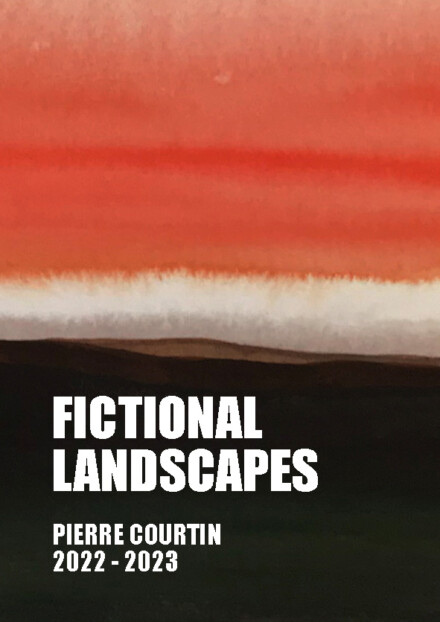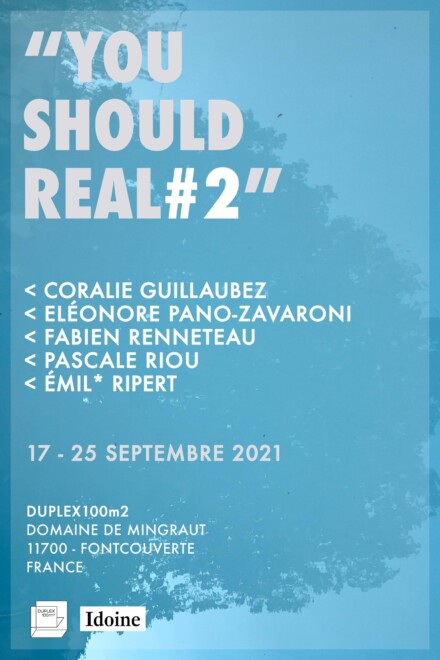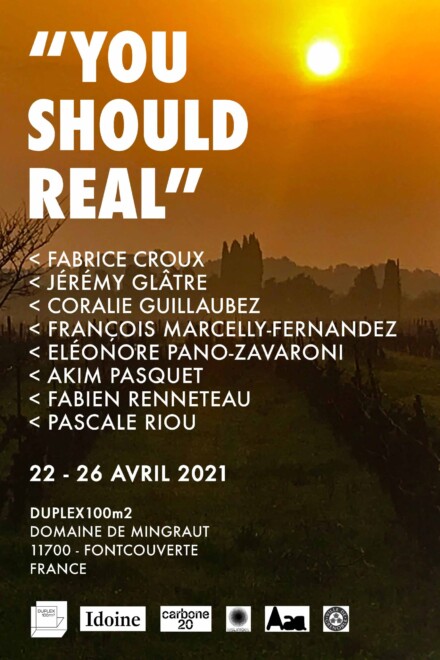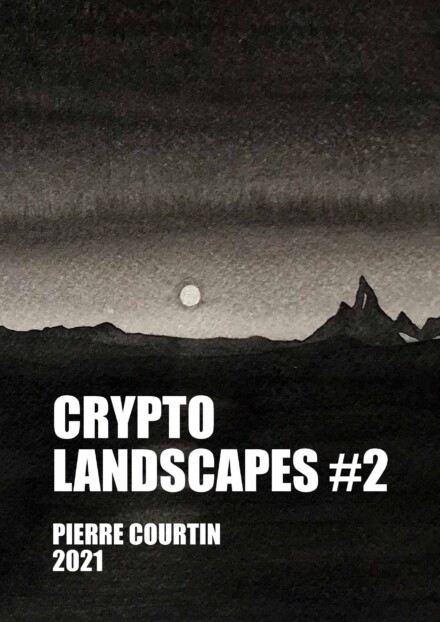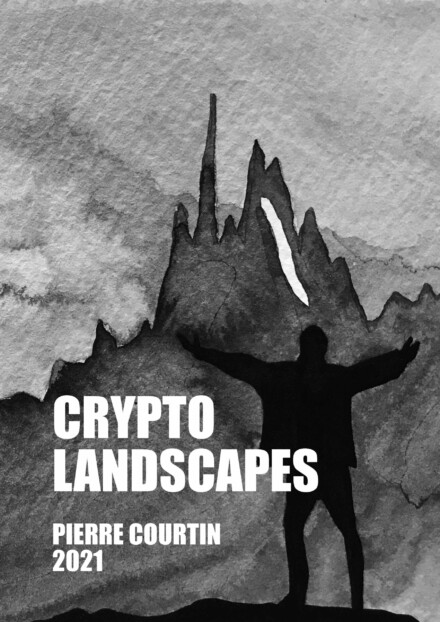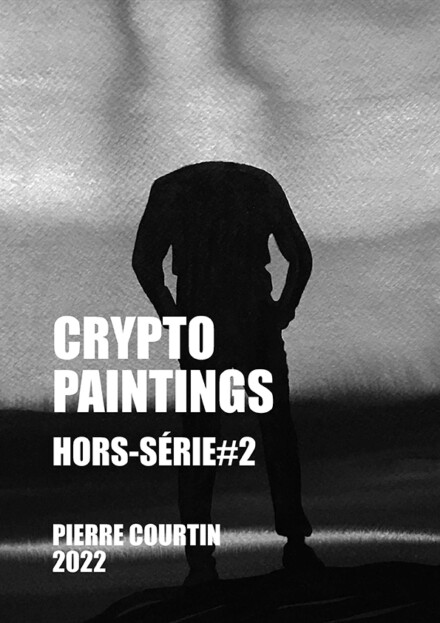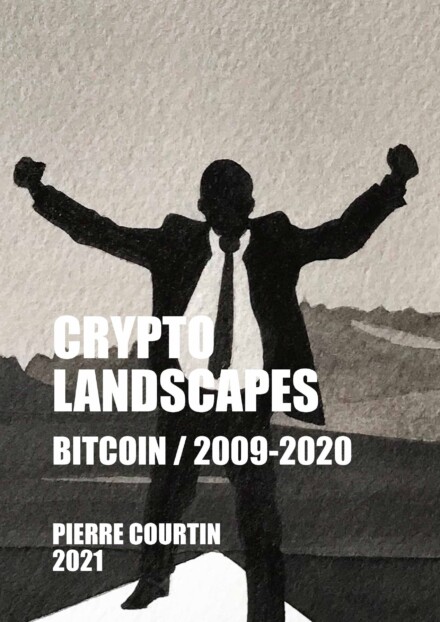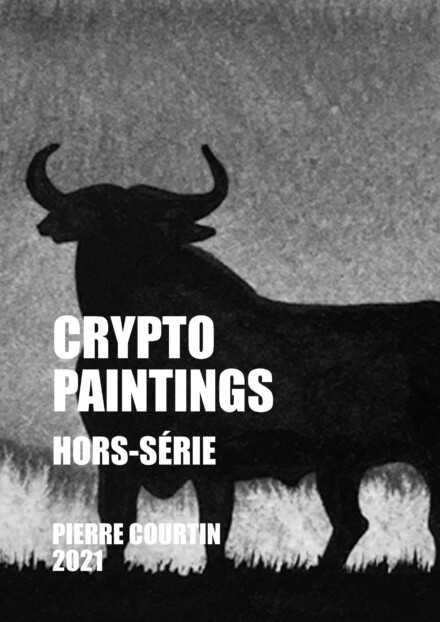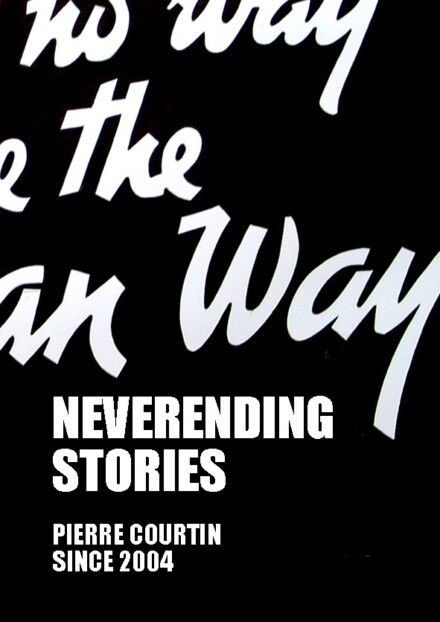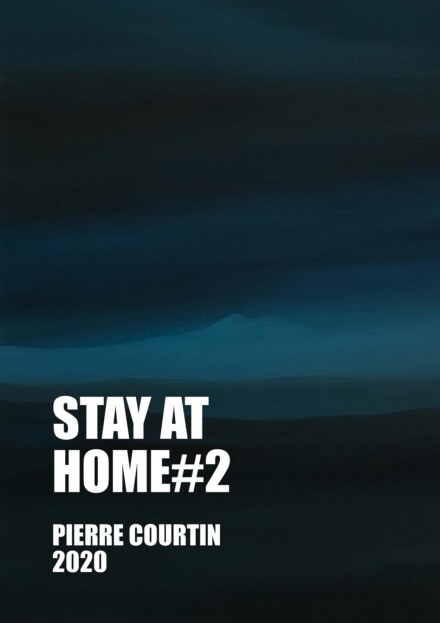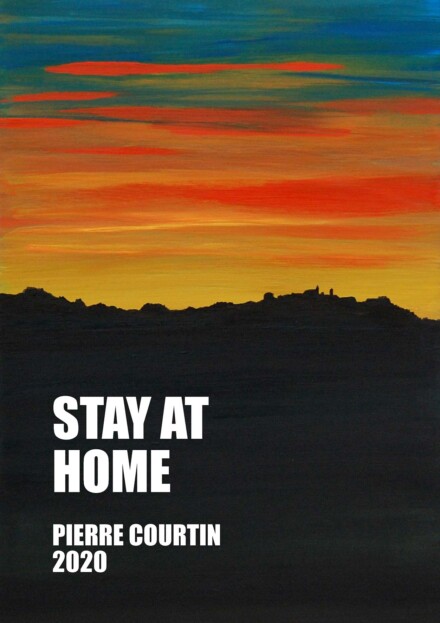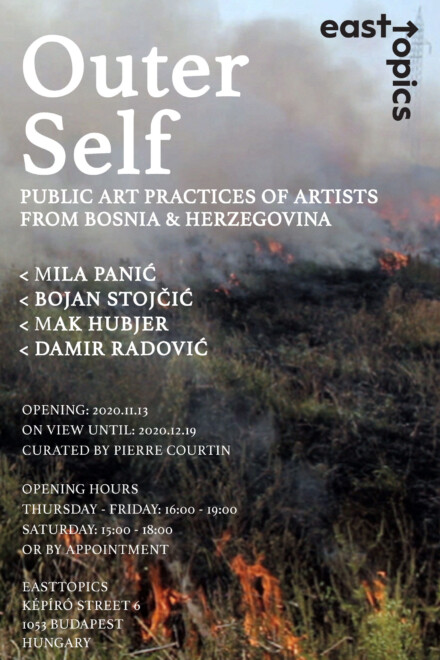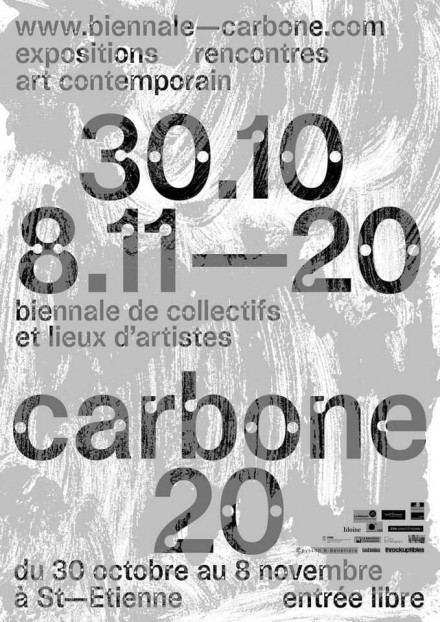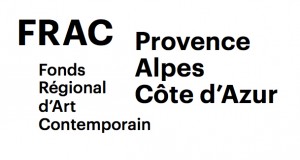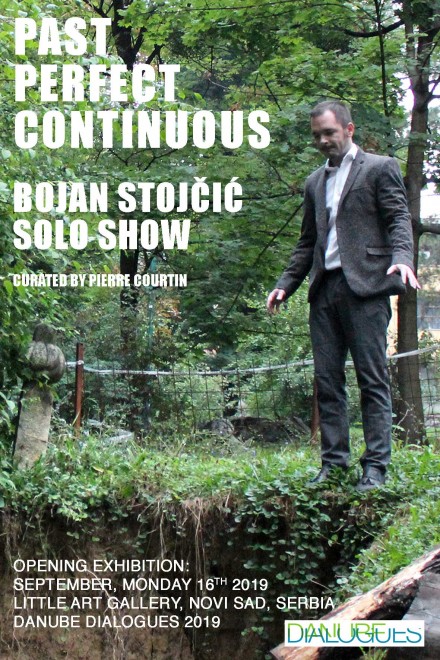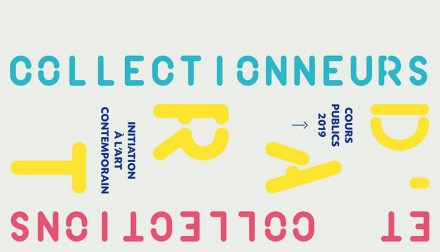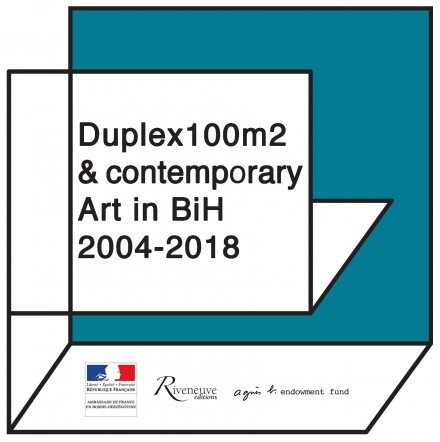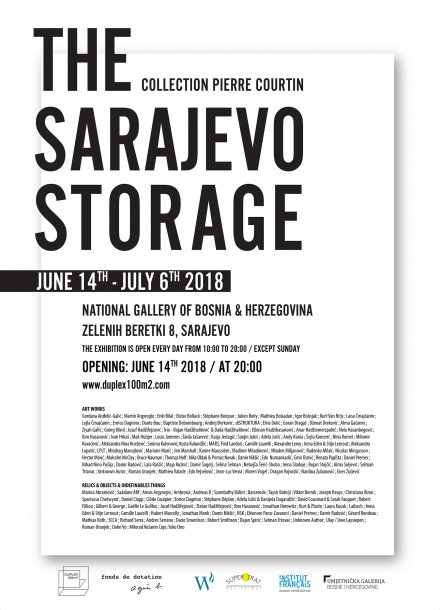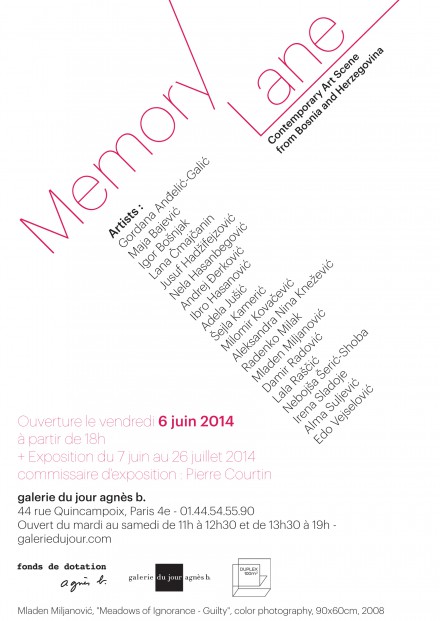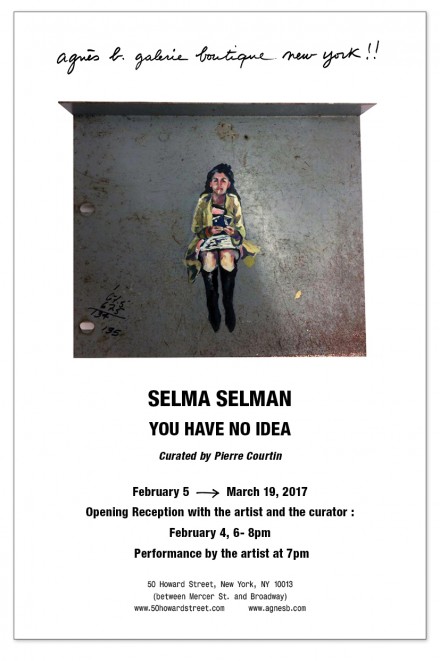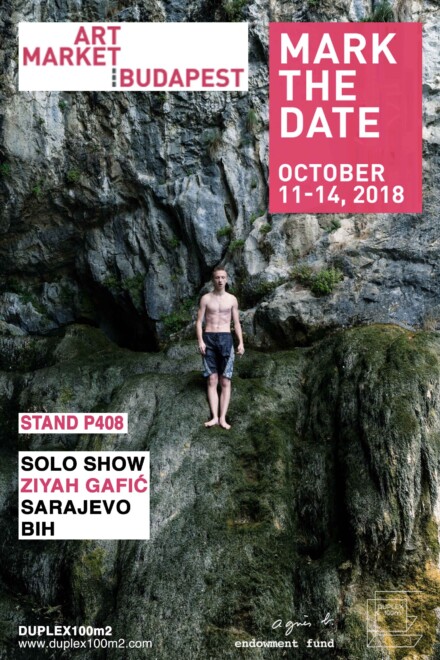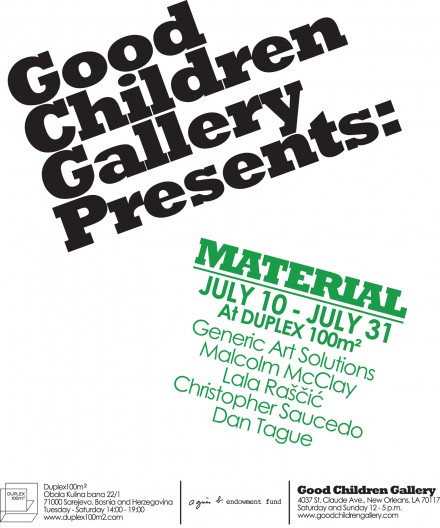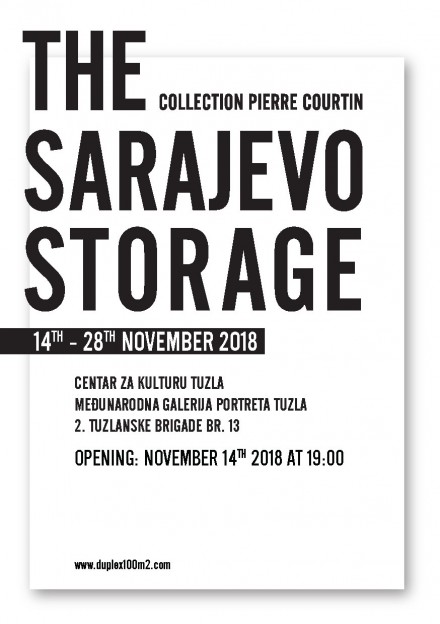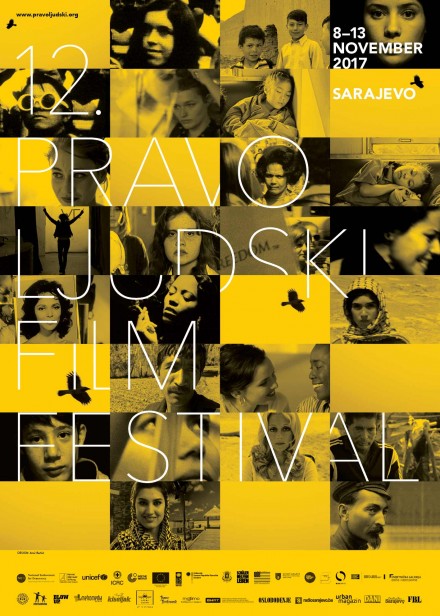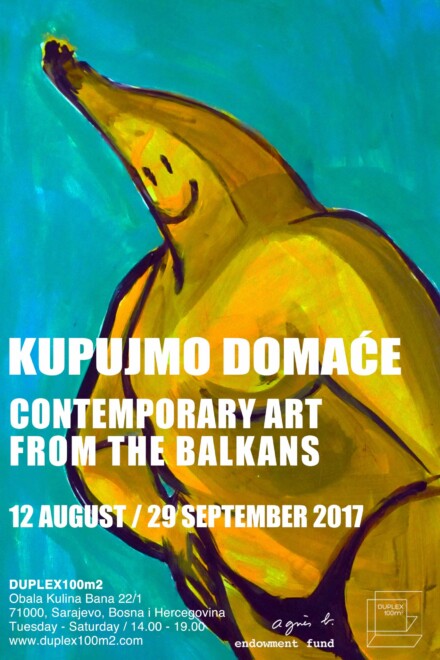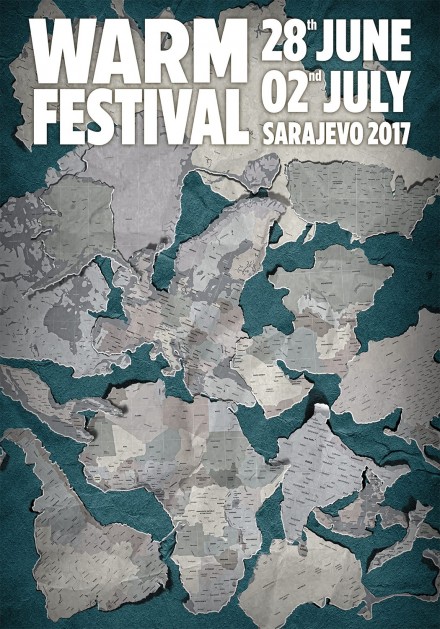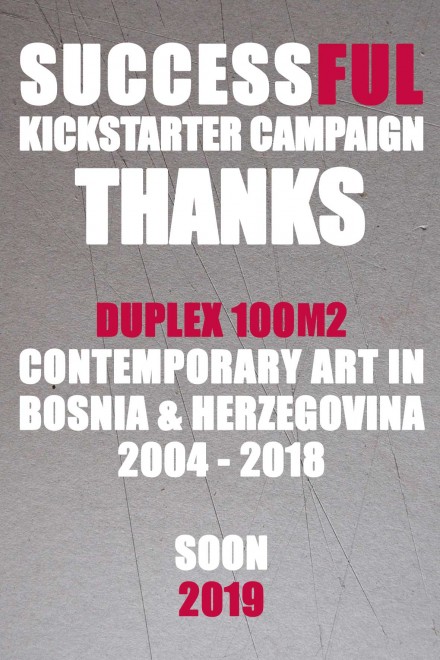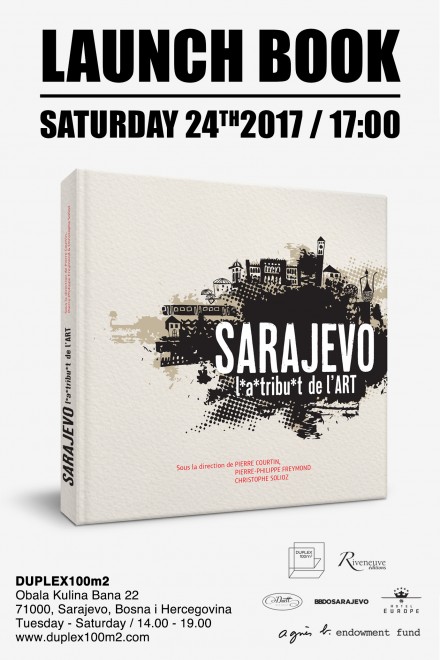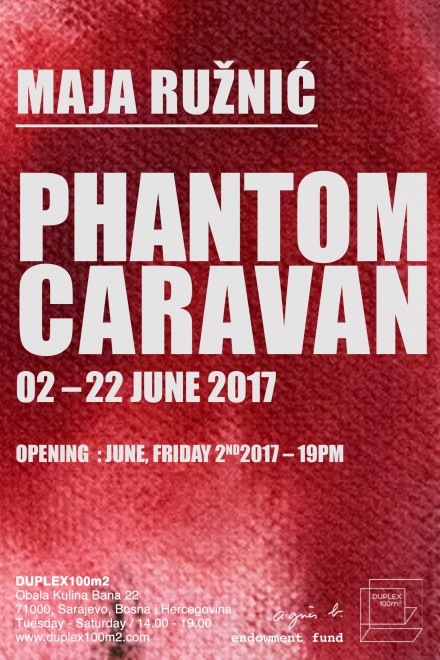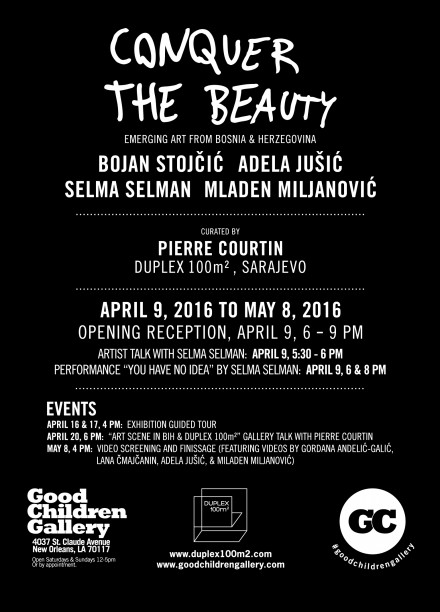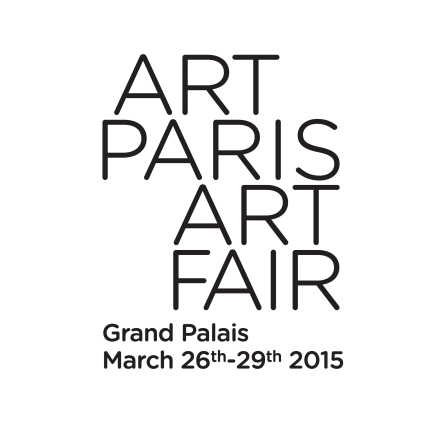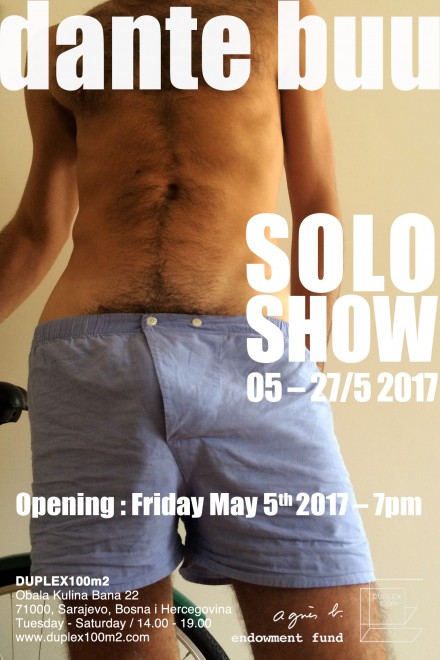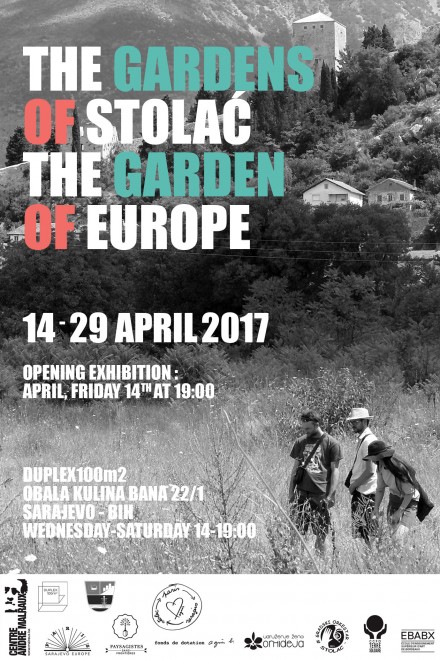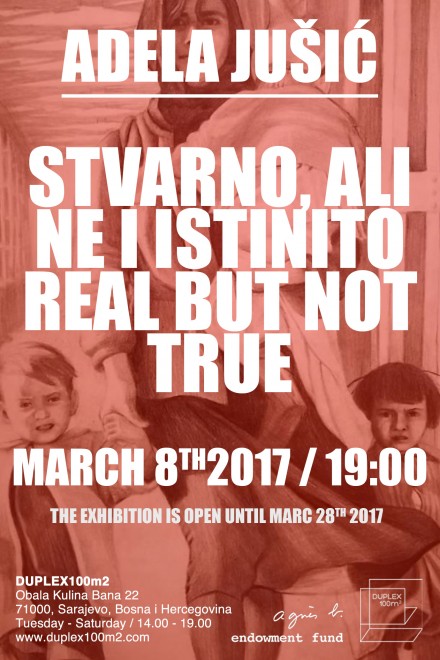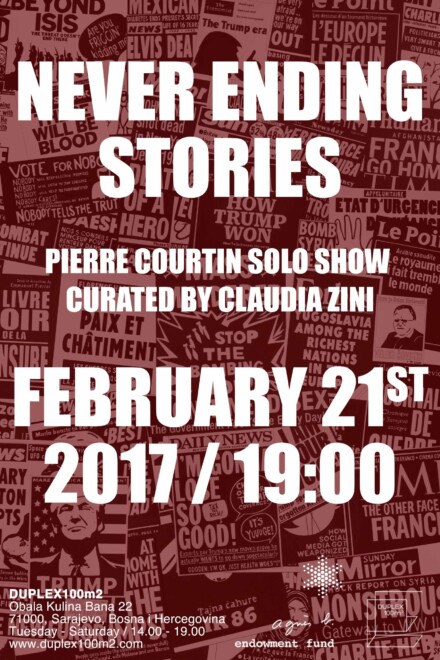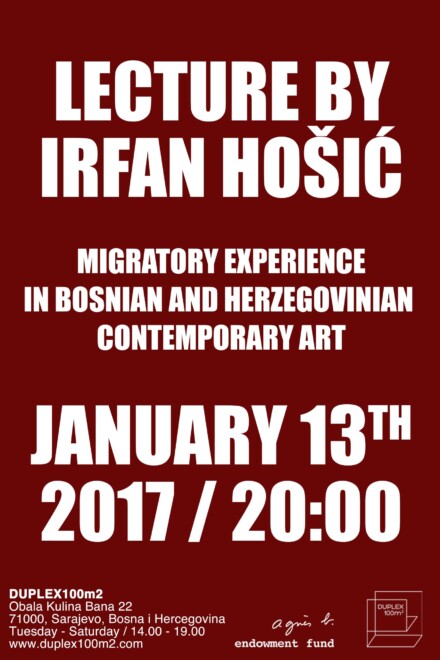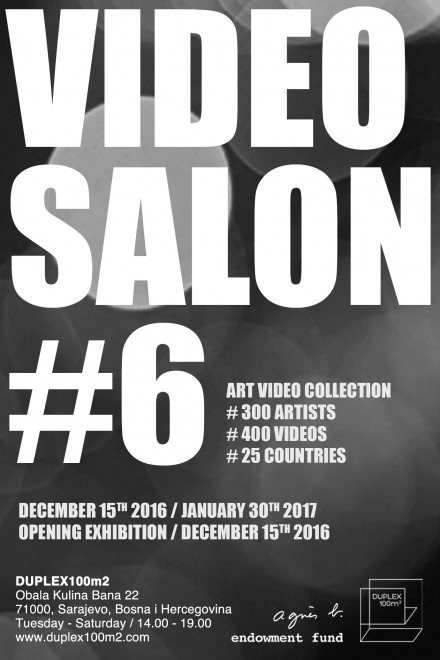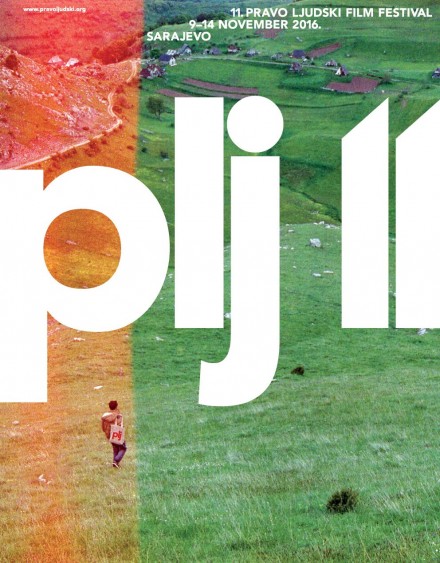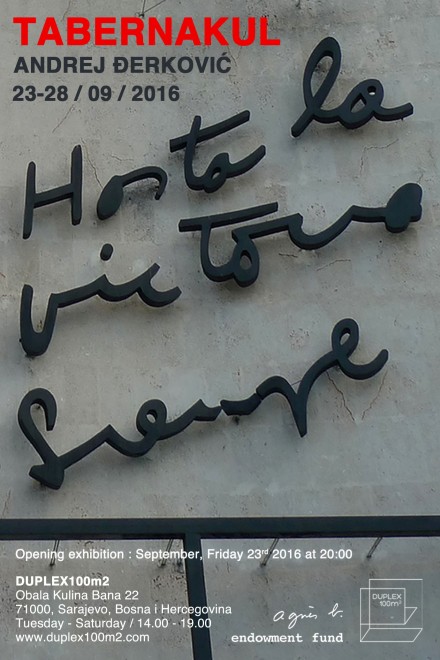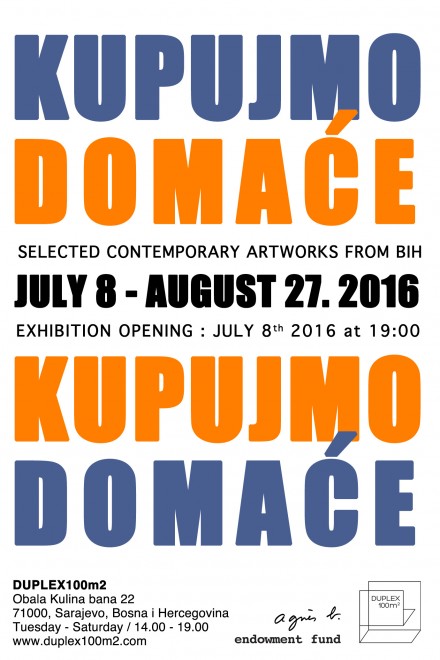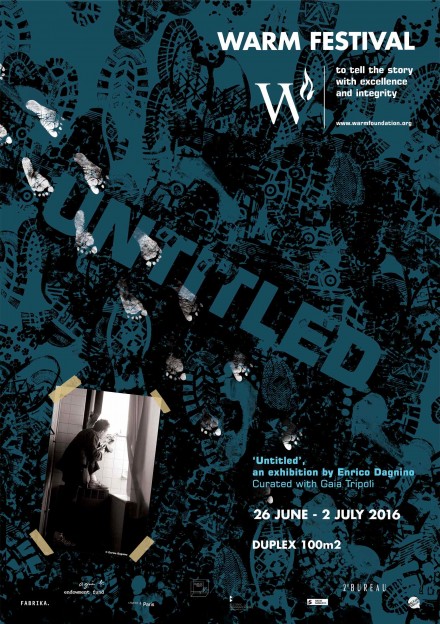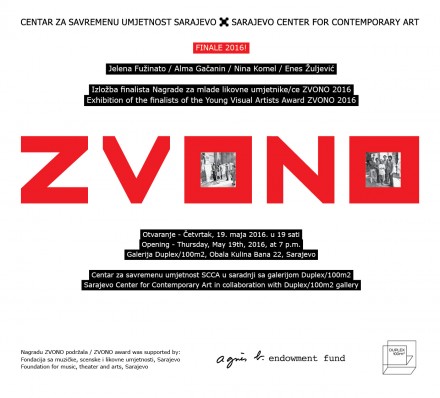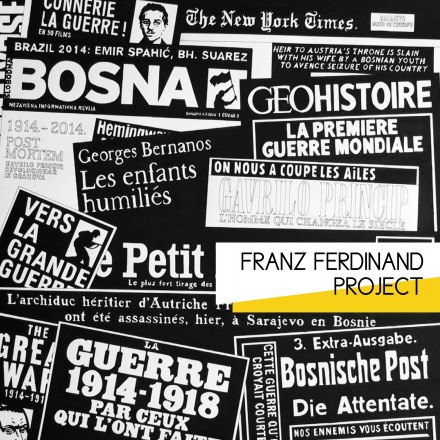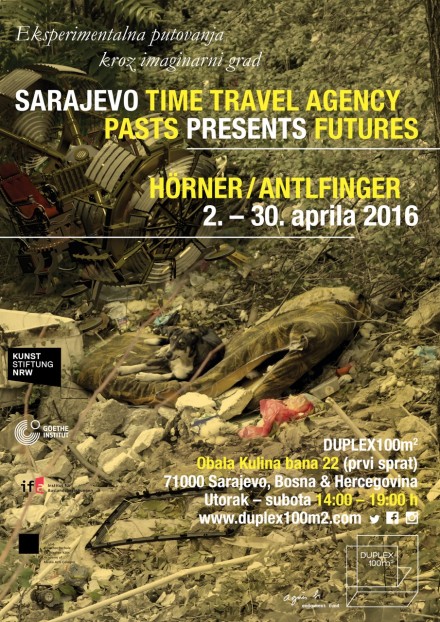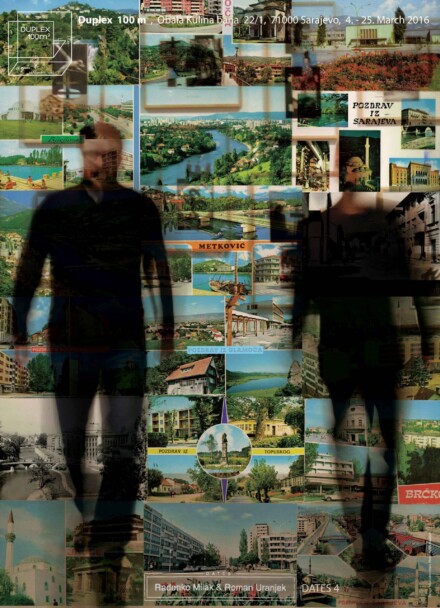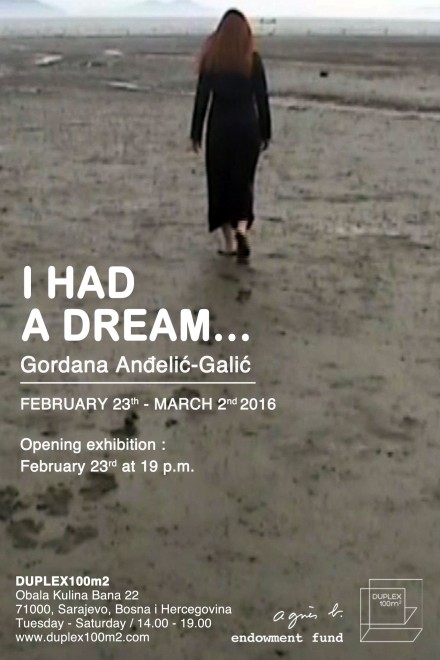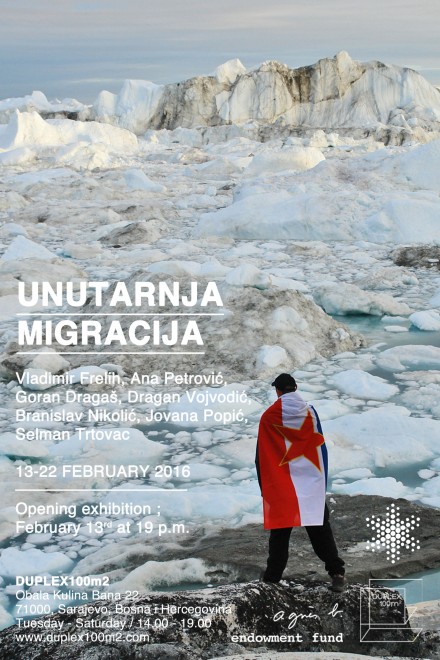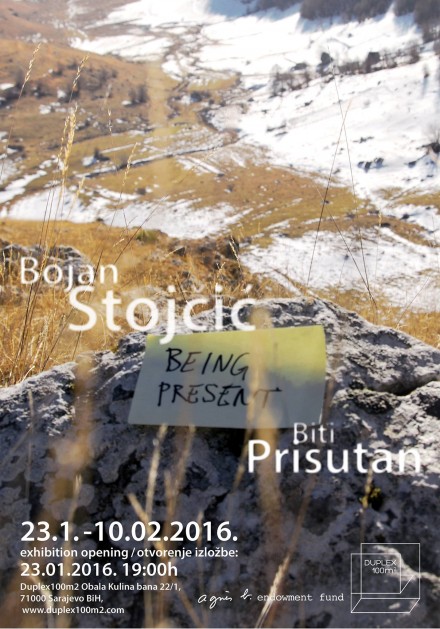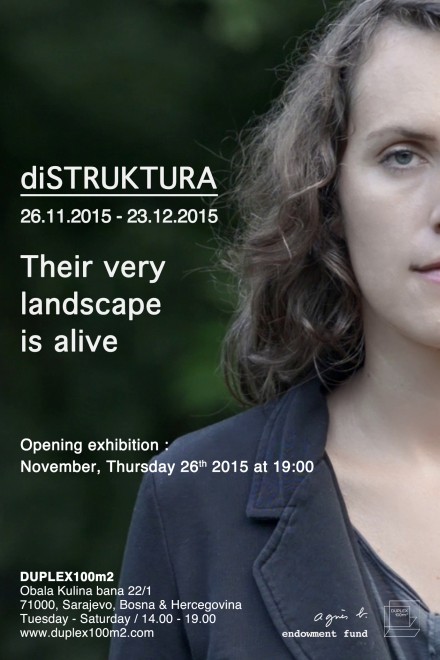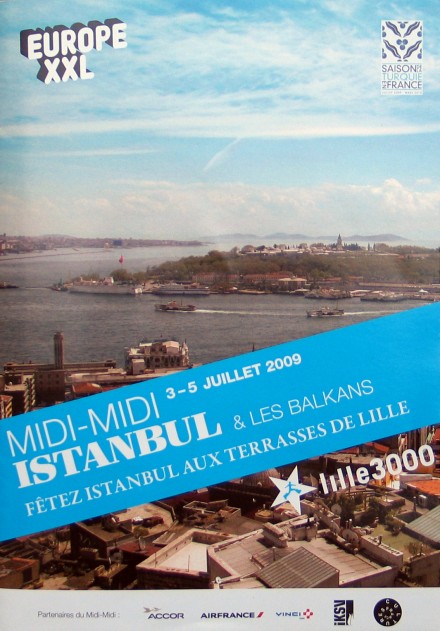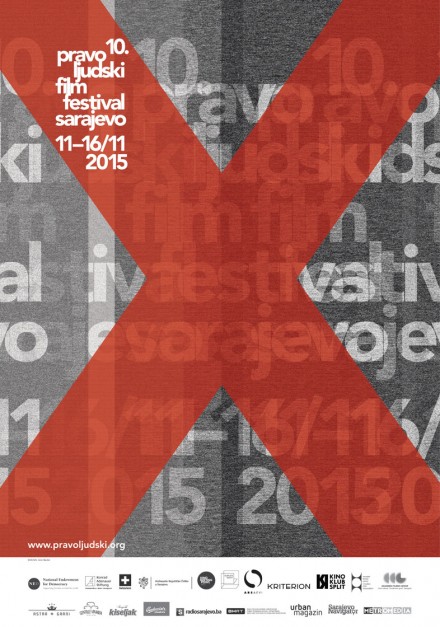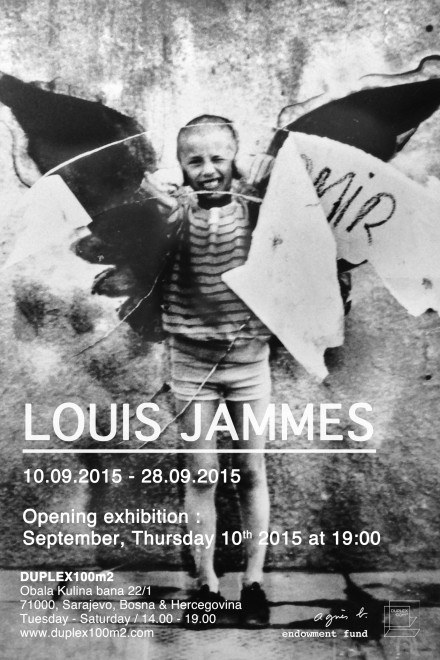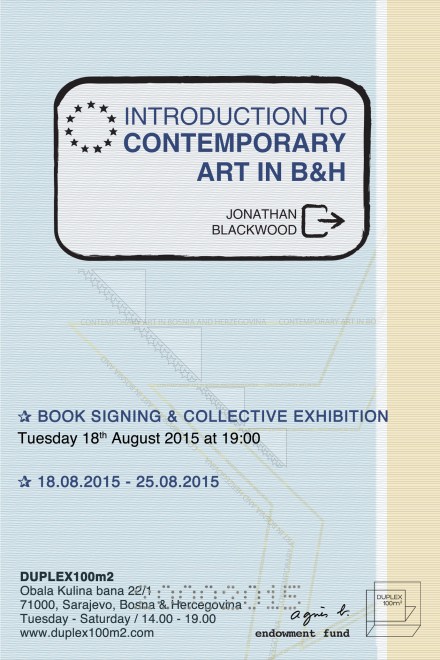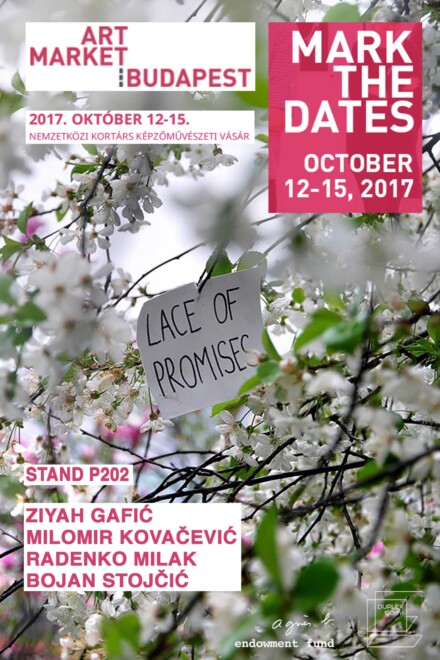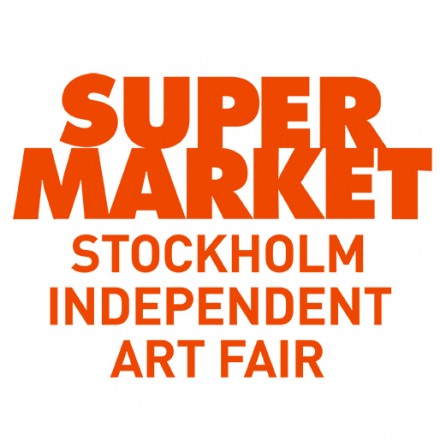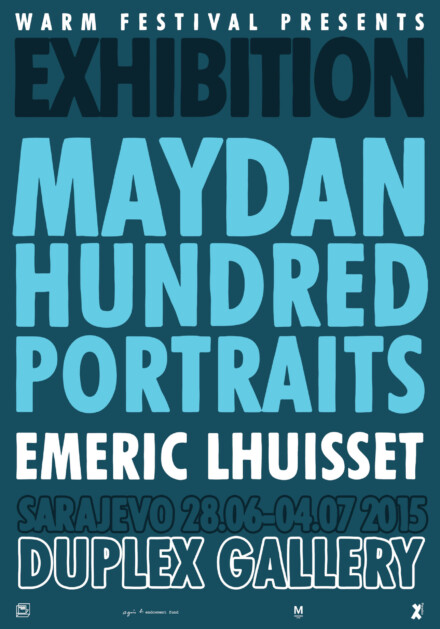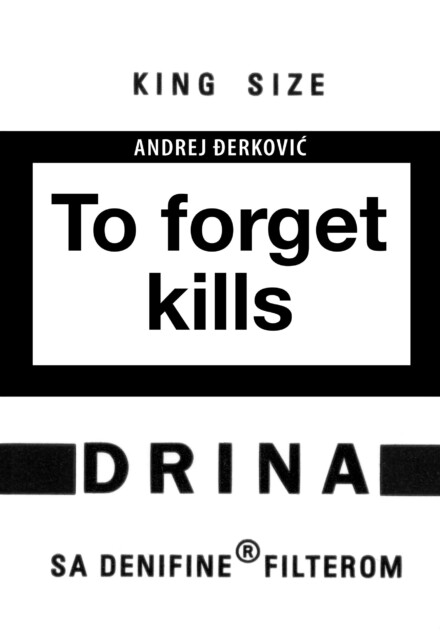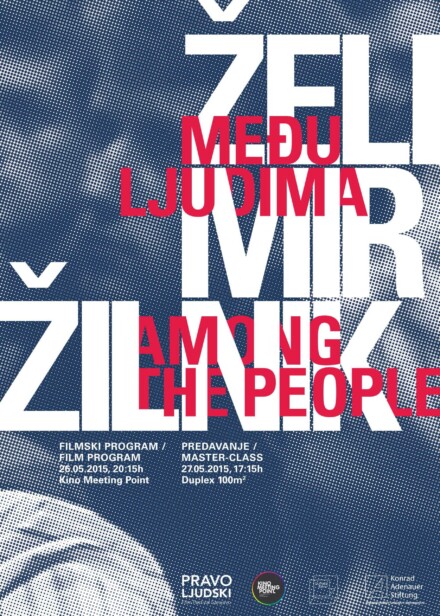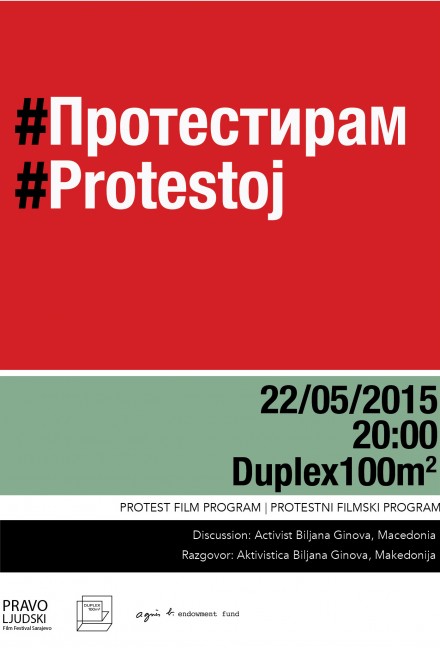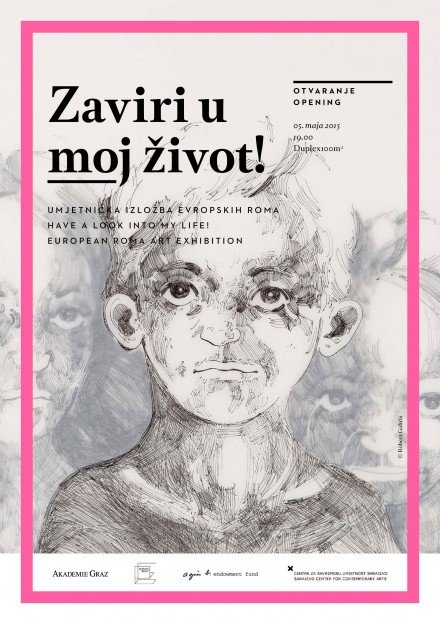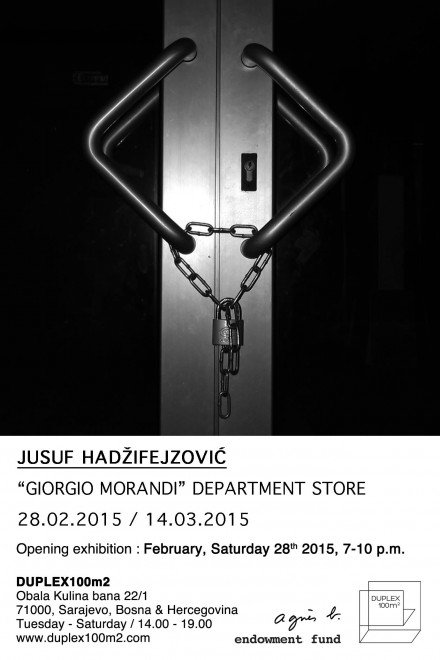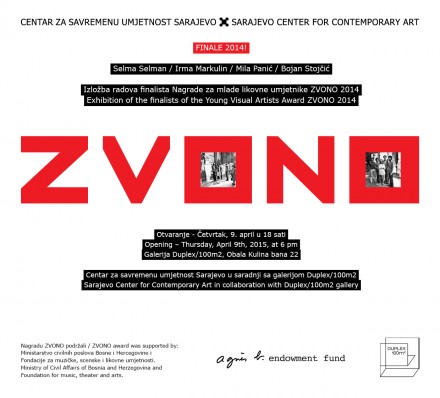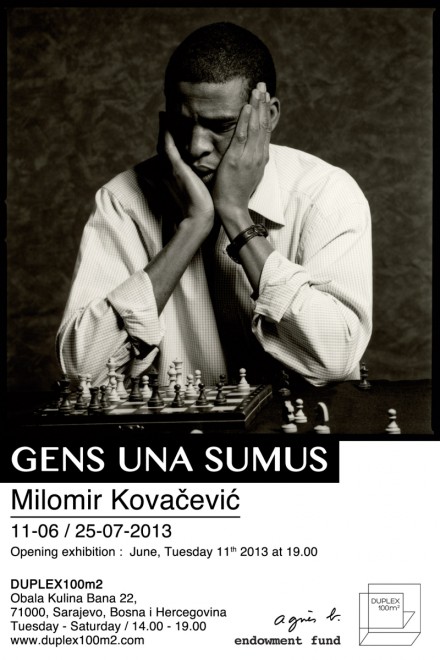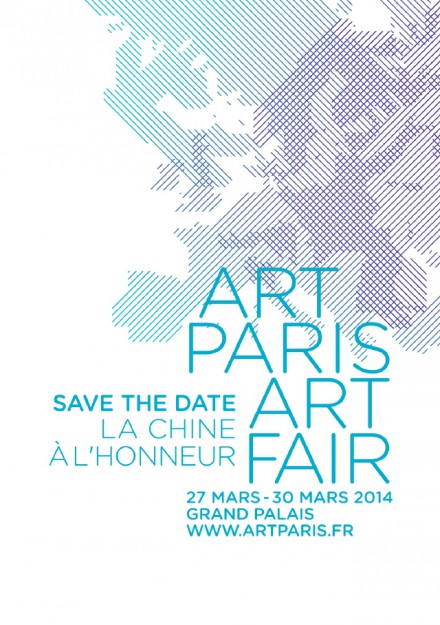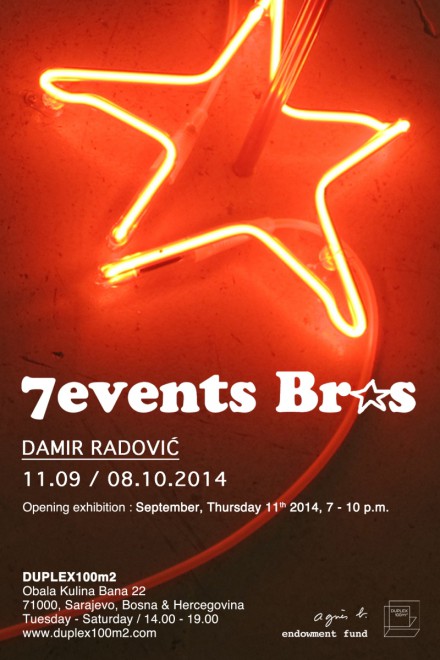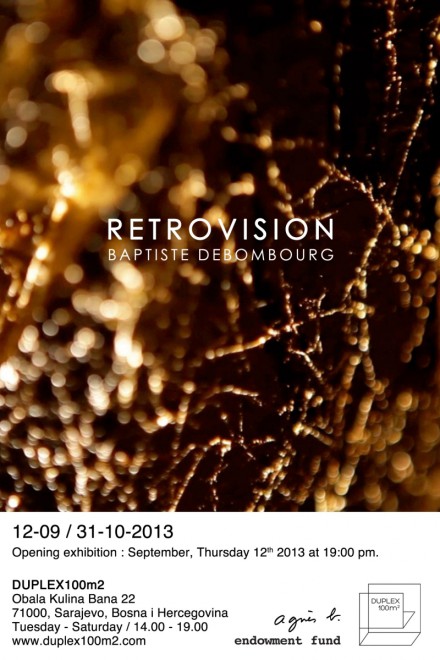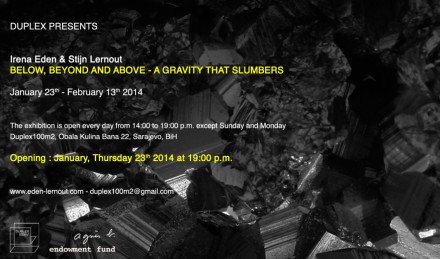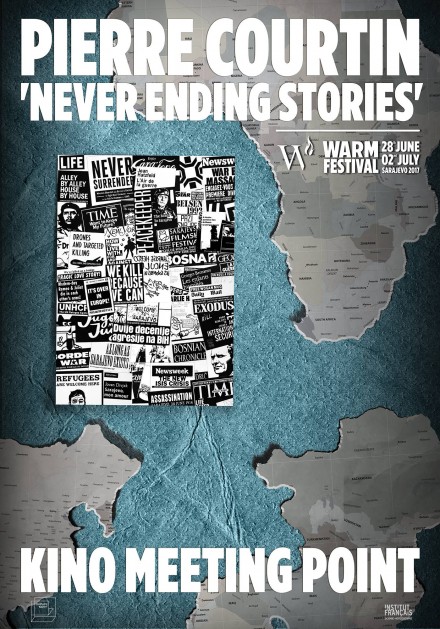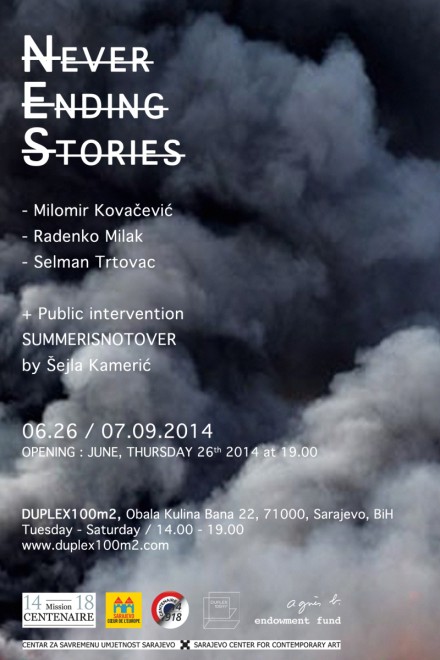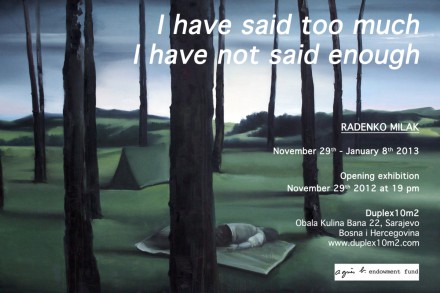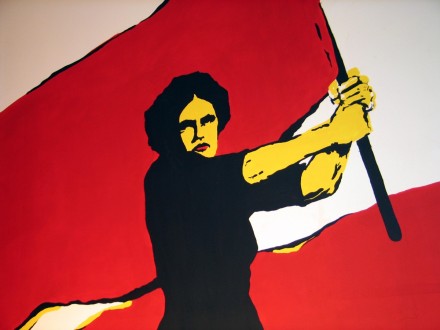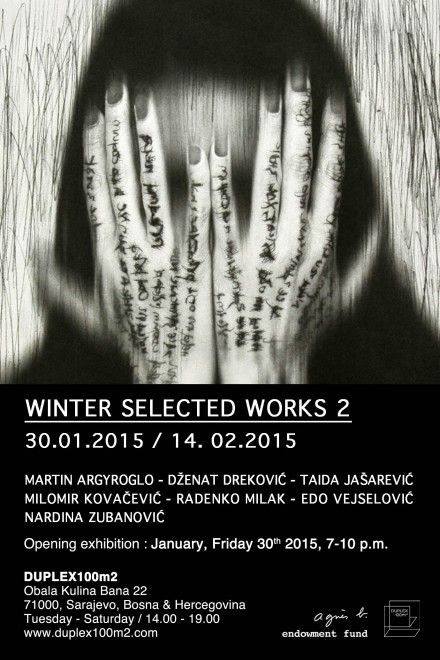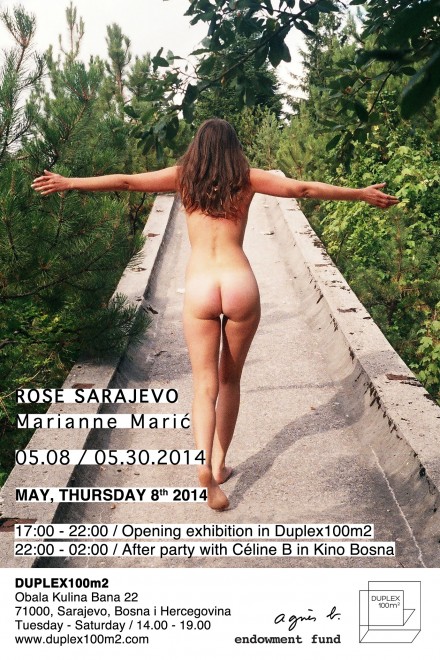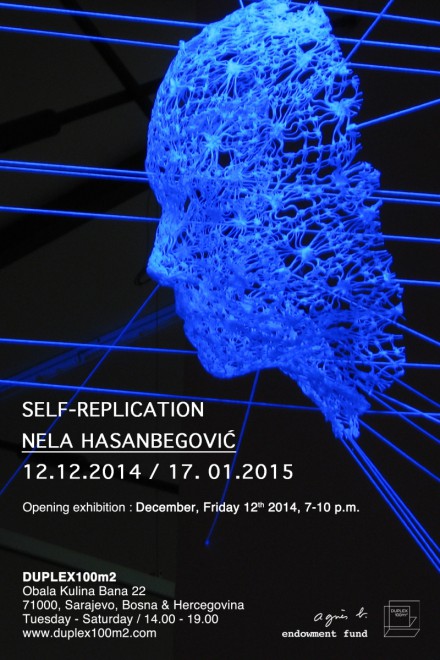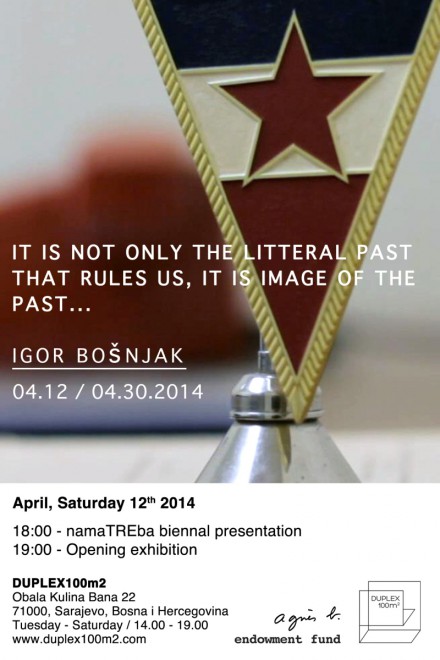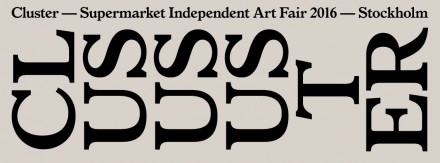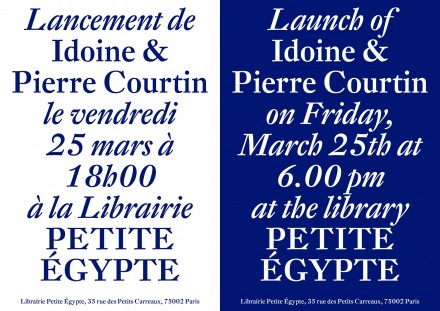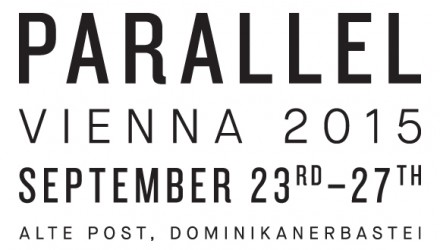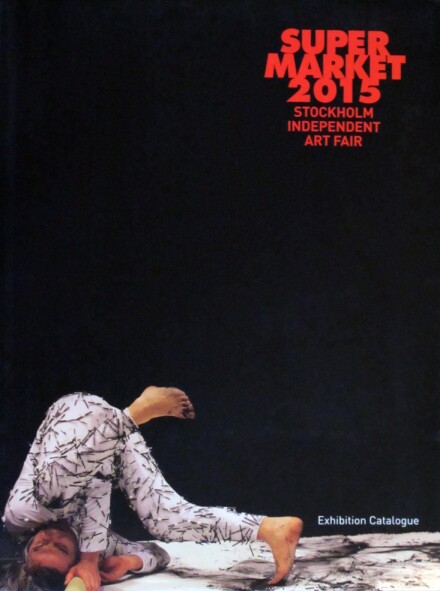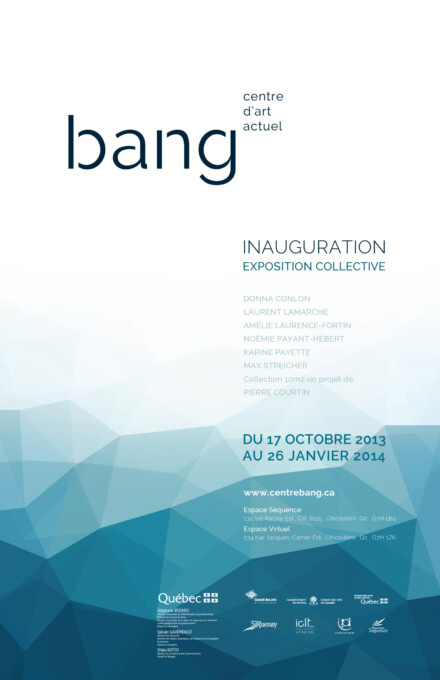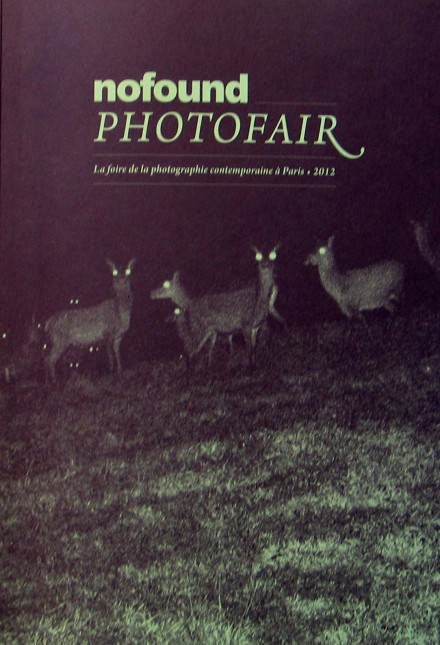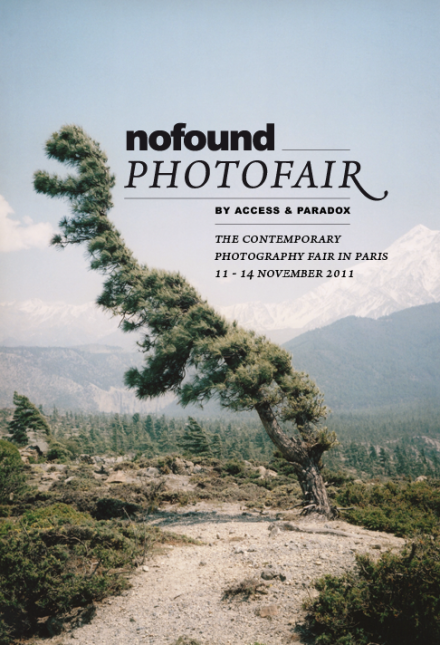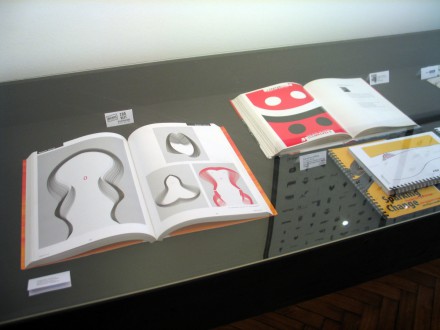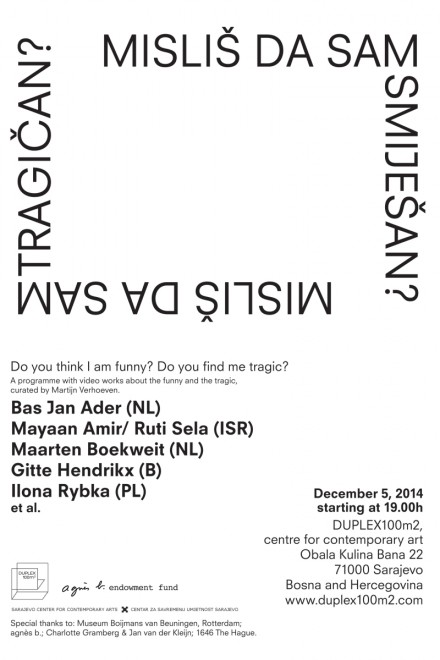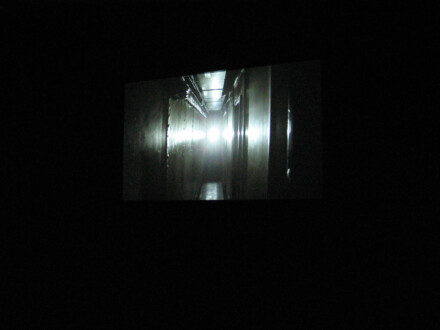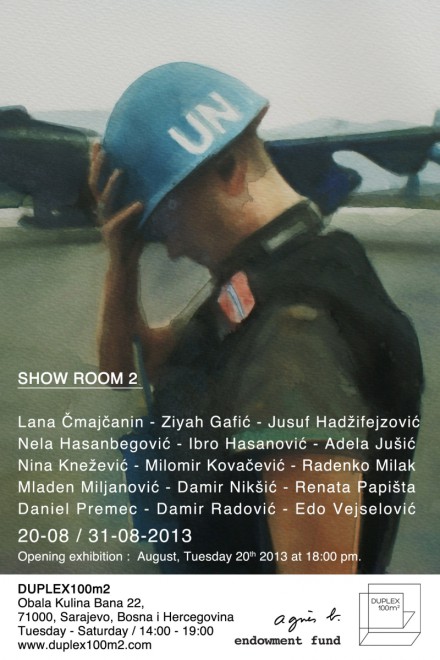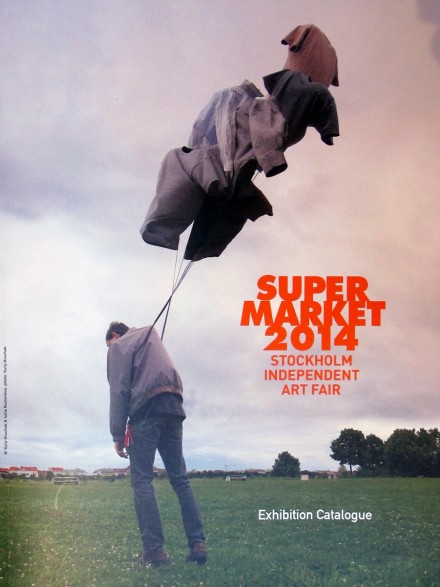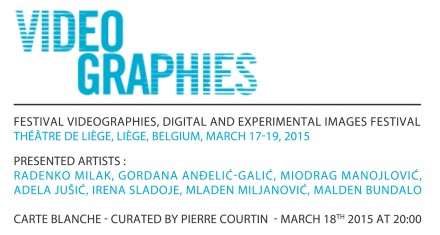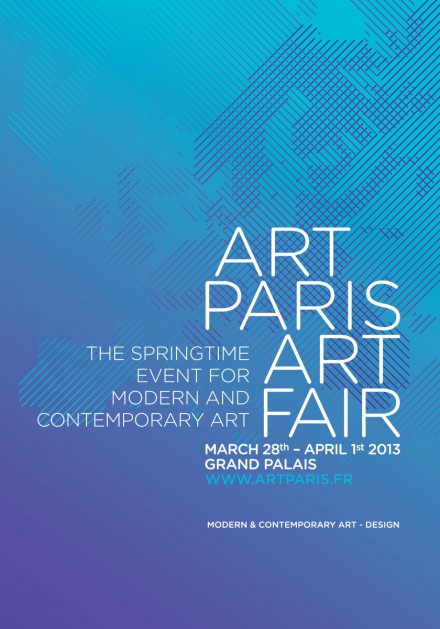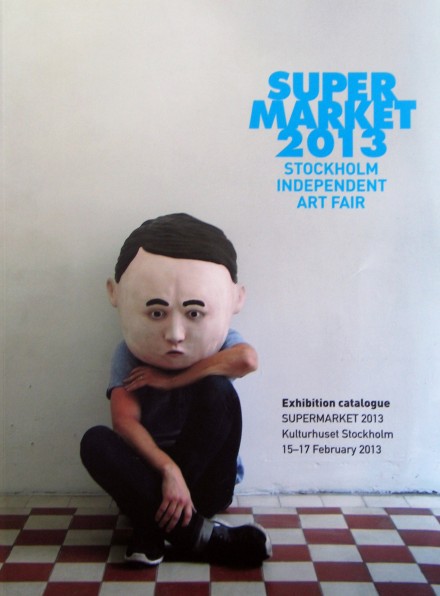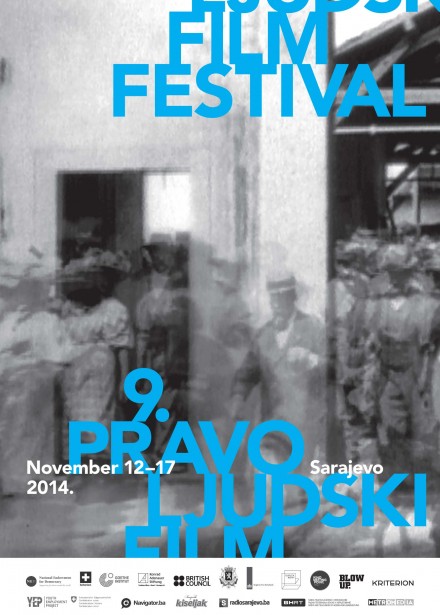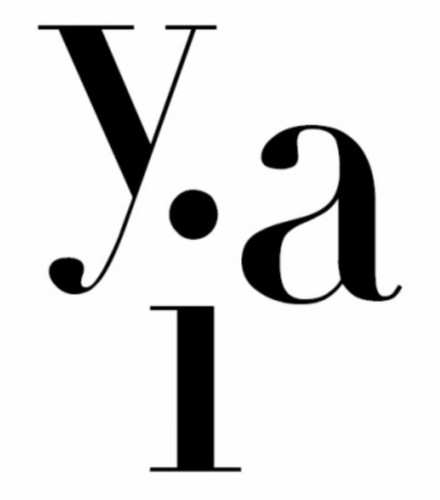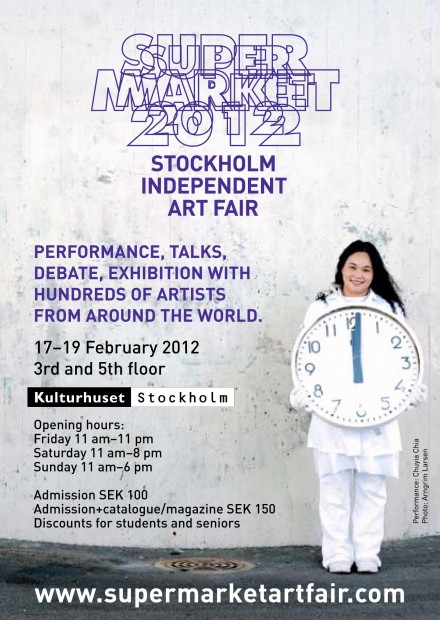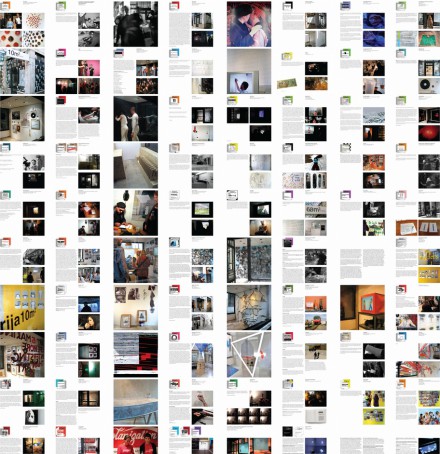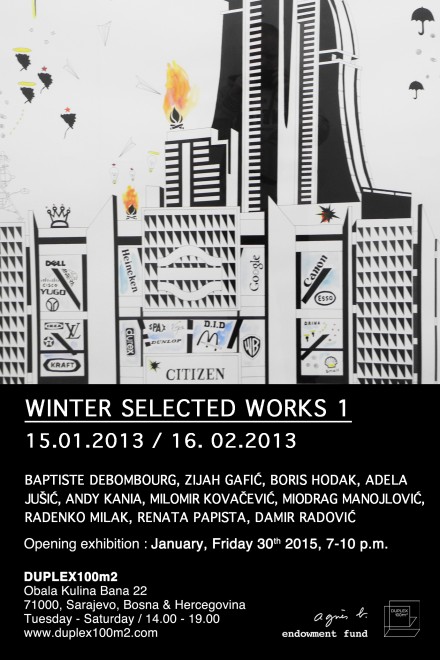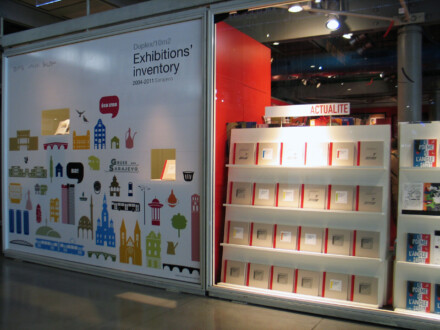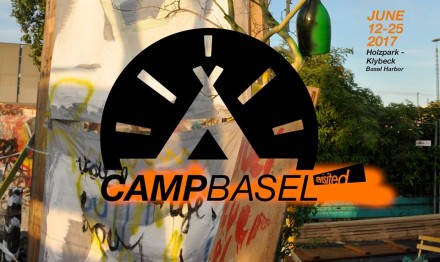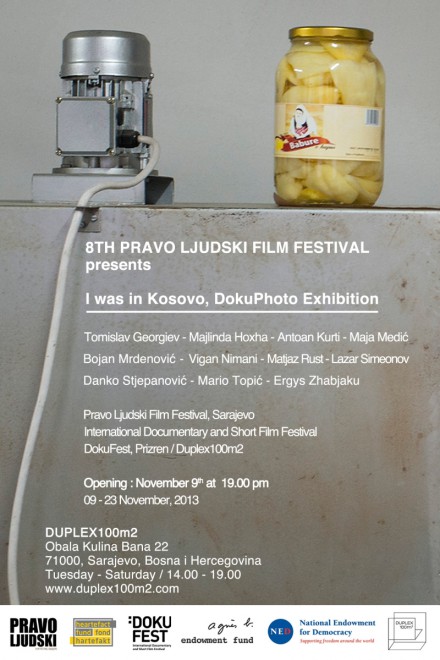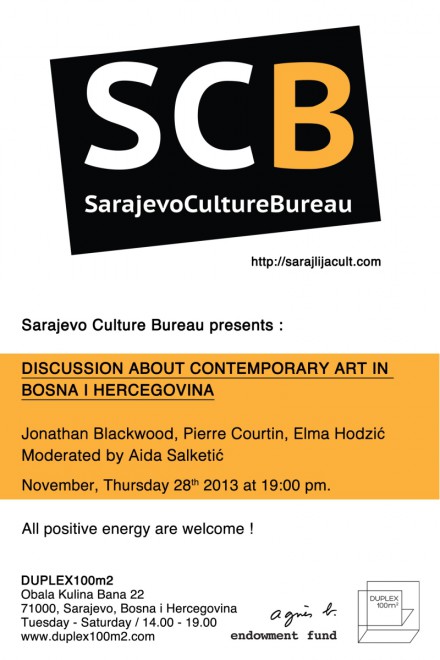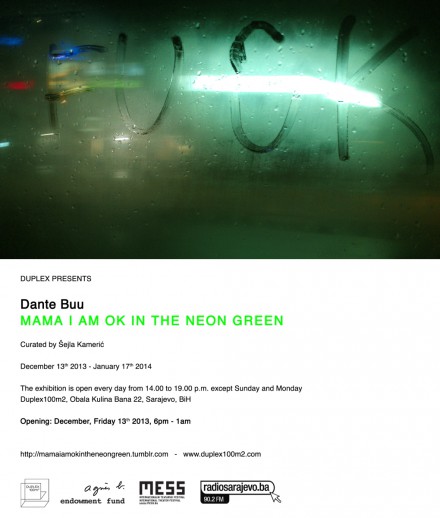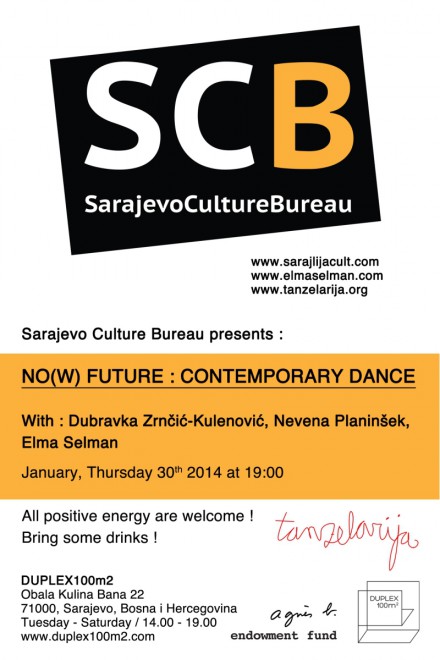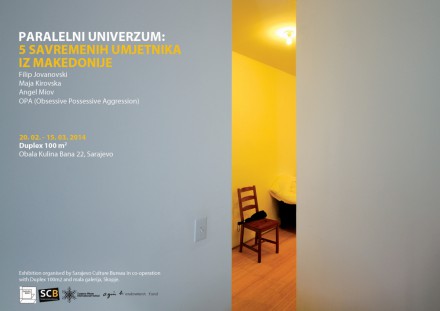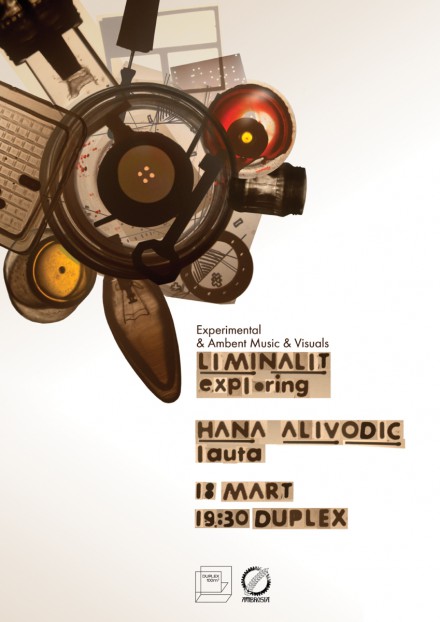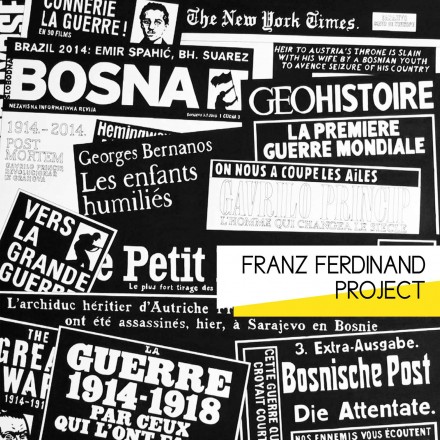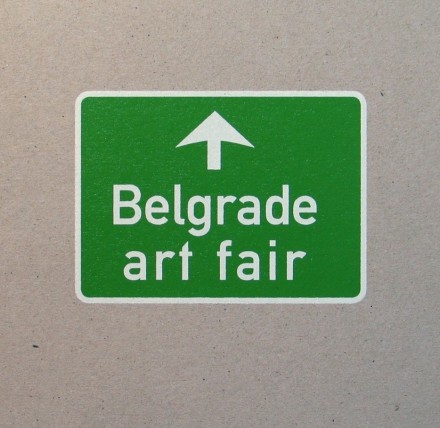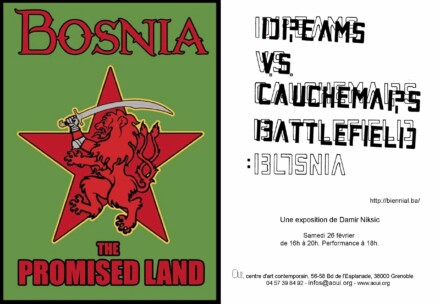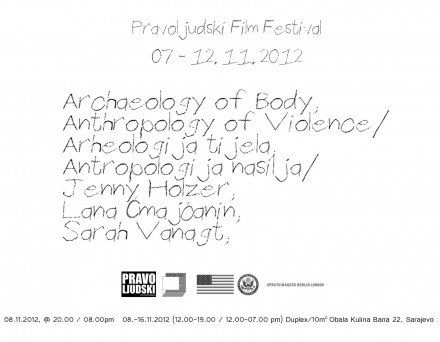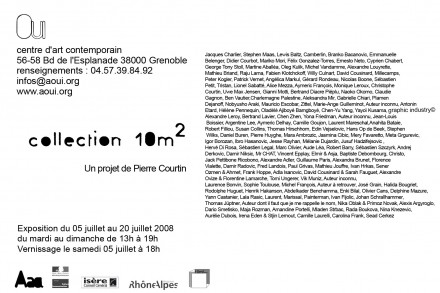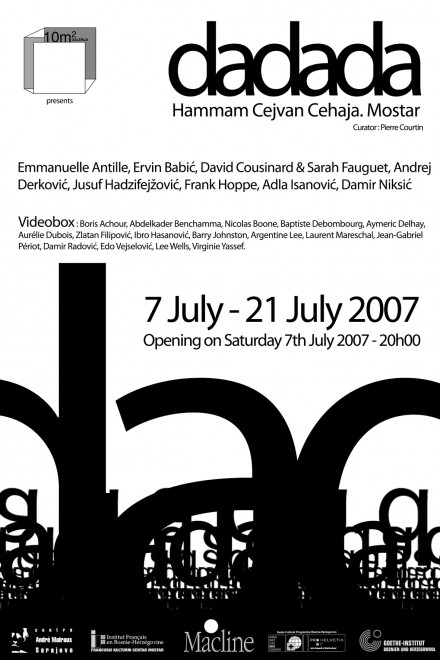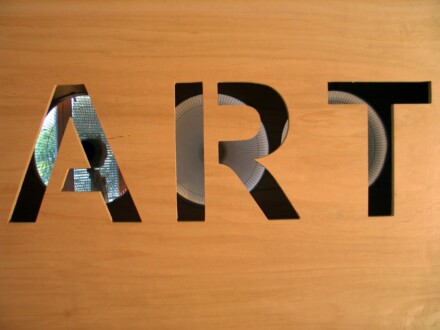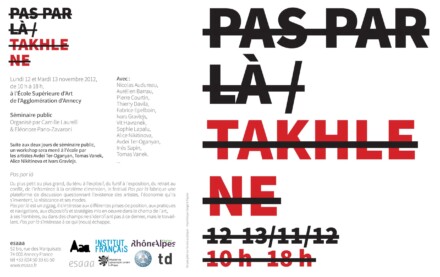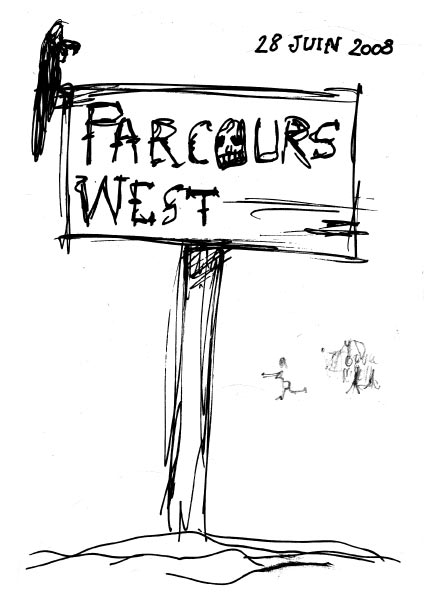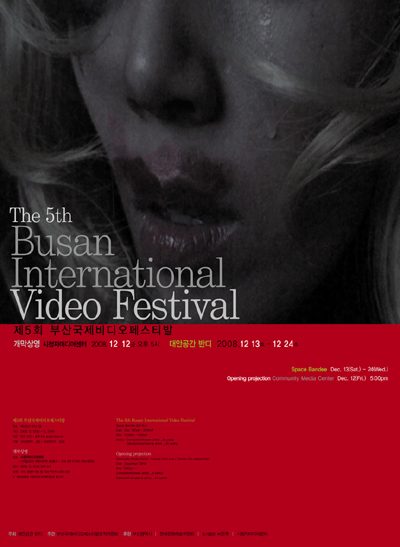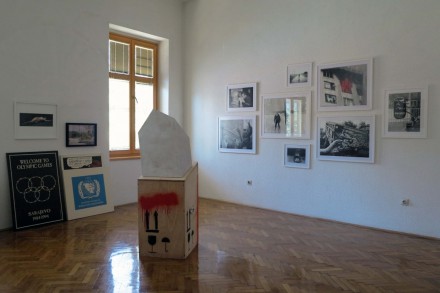Andrej Đerković
TABERNACLE (lat. tabernaculum – eng. tent, shrine)
Just like in the liturgical consecution, photographed places in this lineup have notion of a tabernacles, the places of « prayer and worship » of modern society.
In this series, the selected sites are taking Eucharistic role of the central places of meeting, prayer and worship in the cities that are centres of important social changes in the last century, cities who lived (through) different social movements whose terminology ends with the suffix « ism »… fascism, communism, terrorism, populism and finally, capitalism. These places, mostly central squares, were (are) used as a tabernacle for different ideologies and social systems that have dominated the modern history. Dual meaning of the word svetohranište (tabernacle on artist’s maternal language), denounces the amalgam between hraniti (to store) something sacred and hraniti se (idolatry) with the existence of a particular person or idea.
Tabernacle in religious iconography is a space where you keep consecrated sacramental bread, which serve as « food for the soul » or spiritual food. In contemporary social iconography and throughout history, this spiritual food was dressed in all kinds of uniforms and according to geographical and temporal belonging it dictated social systems that, independently of its doctrines or typologies of social movements, were always tragic.
This series of photographic triptych, shows squares as altars of intellection of social consciousness and ideologies, and with his iconoclastic directness and emptiness, it confronts them with the original psychology of the masses. With its critical review, photographs are examining human behaviour during convergence in these social systems.
Photographs were made on Hahnemühle PhotoRag 308 g/qm paper.
———
TABERNAKUL (lat. tabernaculum – šator, ili hrv. svetohranište)
Kao i u liturgijskom redoslijedu, fotografisana mjesta se u ovom postavu gledaju kao svetohraništa, mjesta « molitve i štovanja » suvremenog društva.
U ovoj seriji, selektovana mjesta preuzimaju euharističku ulogu središnjih mjesta susreta, molitve i štovanja, gradova koji predstavljaju centre društvenih promjena u prošlom stoljeću, gradova koji su (pro)živjeli različite društvene pokrete čije se nazivlje završava sa sufiksom « izam »… fašizam, komunizam, terorizam, populizam i na kraju, kapitalizam. Ta mjesta, većinom centralni trgovi korišteni su (koriste se) kao svetohraništa različitim ideologijama i društvenim sustavima koji su dominirali kroz modernu istoriju. Dvojako značenje riječi svetohranište, prokazuje amalgam između čuvanja (hranjenja) nečeg sakralnog i idolopoklonstva (duhovnog hranjenja) opstojanjem određene osobe ili ideje.
Tabernakul u religijskoj ikonografiji označava prostor gdje se čuvaju posvećene hostije ili prosfore, koje imaju ulogu « hrane za dušu », odnosno duhovne hrane. U suvremenoj socijalnoj ikonografiji, ta duhovna hrana oblačila je kroz istoriju raznovrsne odore, te je shodno geografskoj i vremenskoj pripadnosti, diktirala određeni društveni sustav koji je neovisno od svoje doktrine ili tipologije društvenog pokreta, uvijek bio tragičan.
Ova serija fotografskih triptika pokazuje trgove kao oltarne menze poimanja društvene svijesti i ideologija, te ih svojom ikonoklastičkom direktnošću i prazninom, konfrontuje sa izvornom psihologijom mase. Svojim kritičkim osvrtom, fotografije propituju ljudsko ponašanje tokom konvergencije u navedenim socijalnim sustavima.
Fotografije su urađene na Hahnemühle PhotoRag 308 g/qm papiru.
Andrej Ðerković – Biography
Andrej Đerković born 1971 in Sarajevo. Graduated from the High School of Applied arts in Sarajevo. Individual exhibitions held in State of Palestine, Northern Ireland, Mexico, Montenegro, Canada, Switzerland, Denmark, Italy, Spain, Greece, The Netherlands, Serbia, France, Georgia, Croatia, England, Macedonia, San Marino, Turkey, Slovenia, Belgium, Germany, Portugal, Bosnia and Herzegovina, Lebanon, Albania, Lichtenstein, Sweden, Cuba and New Zealand.
He is one of the founders of the ARS AEVI Museum of Contemporary arts Sarajevo Collection. Member of International Federation of Photographic art (FIAP). Member of Swiss Association of Photographic art (PHOTO SUISSE). Member of Federazione Italiana Associazioni Fotografiche (FIAF). Member of Belfast Exposed Photography Community Group. Member of The Association of Applied artists and designers of Bosnia and Herzegovina (ULUPUBIH).
His works are in the collection of Fototeca de Cuba Havana, MACBA Centro de Estudios y Documentación Barcelona, ARS AEVI Museum of Contemporary art Sarajevo, Tbilisi History Museum Karvasla, Museum of Innocence Istanbul, National Gallery of Bosnia and Herzegovina, Council of Europe Strasbourg, National Museum of Montenegro Cetinje, Old Arts Museum Belfast, MB Centre for Contemporary Arts Istanbul, Center for Contemporary arts Sarajevo SCCA, Museum of Yugoslav History Belgrade, Memorial Centre Potočari Srebrenica, Olympic Museum Sarajevo, Jewish Historical Museum Amsterdam, War Childhood Museum Sarajevo and others.
His photographs and works were published in La Stampa, El País, Le Monde, Liberation, La Repubblica, Liberazione, Belfast Telegraph, British Journal of Photography, La Vanguardia, Exibart, Marianne, Berner Woche, Le Courrier, La Depeche, Le Dauphine Libere, Le Temps, COTE Magazine, Radikal, Hurriyet, Tages Anzieger, Mladina, Zarez, Feral Tribune, Vijenac, Vjesnik, Pobjeda, Republika, Monitor, DANI, Odjek, KUN, Gracija, Fantom slobode, etc. His exhibitions and works were shown on CNN, Channel 4, TRT, RAI, HRT, CNN Turk, BBC, UTV, RTL, TV3, RTC, 1TV Georgia, TVE, RTP, B92, France 2, RTV SLO, EuroNews, BHT and others.
He photographed Jeff Koons, Marina Abramović, Emmanuelle Beart, David Byrne, Jean-Luc Godard, Isabelle Huppert, Bono Vox, Sinéad O’Connor, Braco Dimitrijević, Catherine Deneuve, Jean-Hugues Anglade, Enki Bilal, Alfonso Cuarón, Rachid Taha, Sebastião Salgado, Yann Arthus-Bertrand, Agnes b., John Howe, Christine and the Queens and others. He collaborated with Benetton and Swatch.
In 2002, he represented Museum ARS AEVI on European Biennale of Visual Arts in La Spezia. Awarded with ˝Certificate of Appreciation˝ by United States Information Agency (USIA) for the activities on the cultural field during the siege of Sarajevo. On the occasion of 100 years of Swiss Association of Photographic art, he was selected in monograph book “PHOTO SUISSE 1906-2006”. He is included in “Sarajevo Lexicon”. He is one of the selected authors in the platform “Aftermath / Changing Cultural Landscape (Tendencies in post-Yugoslavian contemporary photography 1991-2012)”.
Lives in Geneva and Sarajevo.
——–
Andrej Ðerković rođen 1971.godine u Sarajevu. Završio Školu Primijenjenih umjetnosti u Sarajevu. Samostalno izlagao u Palestini, Sjevernoj Irskoj, Meksiku, Crnoj Gori, Kanadi, Švicarskoj, Danskoj, Italiji, Španjolskoj, Grčkoj, Nizozemskoj, Srbiji, Francuskoj, Gruziji, Hrvatskoj, Engleskoj, Makedoniji, San Marinu, Turskoj, Sloveniji, Belgiji, Njemačkoj, Portugalu, Bosni i Hercegovini, Libanonu, Albaniji, Kneževini Lihtenštajn, Švedskoj, na Kubi i Novom Zelandu.
Jedan je od osnivača Kolekcije ARS AEVI Muzeja Suvremene umjetnosti Sarajevo. Član Međunarodne Federacije Fotografske umjetnosti (FIAP). Član Federazione Italiana Associazioni Fotografiche (FIAF). Član Švicarske Asocijacije Fotografske umjetnosti (PHOTO SUISSE). Član Belfast Exposed Photography Community Group. Član ULUPUBIH.
Njegovi radovi nalaze se u kolekciji Fototeca de Cuba Havana, MACBA Centro de Estudios y Documentación Barcelona, ARS AEVI Muzej Suvremene umjetnosti Sarajevo, Tbilisi History Museum Karvasla, Umjetnička Galerija Bosne i Hercegovine, Muzej Nevinosti Istanbul, Council of Europe Strasbourg, Narodni Muzej Crne Gore Cetinje, Old Arts Museum Belfast, MB Centre for Contemporary Arts Istanbul, SCCA Sarajevo, Muzej Istorije Jugoslavije Beograd, Memorijalni Centar Potočari Srebrenica, Olimpijski Muzej Sarajevo, Jewish Historical Museum Amsterdam, Muzej ratnog djetinjstva Sarajevo i drugi.
Radovi i fotografije objavljeni u La Stampa, El País, Le Monde, Liberation, La Repubblica, British Journal of Photography, La Vanguardia, Liberazione, Belfast Telegraph, Exibart, Marianne, Le Courrier, La Depeche, Le Dauphine Libere, Le Temps, Le Matin, Radikal, Hurriyet, Tages Anzieger, Mladina, Zarez, Feral Tribune, Vjesnik, Pobjeda, Monitor, Vijesti, Republika, Novi list, DANI, Odjek, KUN, Gracija, Fantom Slobode i drugi. Njegove izložbe i radovi prikazani su na CNN, Channel 4, TRT, RAI, HRT, CNN Turk, BBC, UTV, RTL, TV3, RTC, 1TV Georgia, TVE, RTP, B92, France 2, RTV SLO, EuroNews, BHT i drugi.
Uradio je fotografske portrete Jeff Koons, Marina Abramović, Emmanuelle Beart, David Byrne, Jean-Luc Godard, Isabelle Huppert, Bono Vox, Sinéad O’Connor, Braco Dimitrijević, Catherine Deneuve, Jean-Hugues Anglade, Enki Bilal, Alfonso Cuarón, Rachid Taha, Sebastião Salgado, Yann Arthus-Bertrand, Agnes b., Christine and the Queens i drugi. Surađivao sa kompanijama Benetton i Swatch.
Predstavljao Muzej ARS AEVI na Europskom Bijenalu Vizualne umjetnosti u La Speziji. Za dostignuća na polju kulture tokom opsade Sarajeva, nagrađen sa ˝The Certificate of Appreciation˝ Američke Državne Agencije za informisanje (USIA). U povodu 100 godina Švicarske Asocijacije Fotografske umjetnosti uvršten je u monografiju „PHOTO SUISSE 1906-2006“. Uvršten je u “Leksikon Sarajeva”. Jedan je od selektiranih autora u internacionalnoj platformi “Aftermath / Promjena kulturalnog pejsaža (Tendencije u angažiranoj postjugoslavenskoj suvremenoj fotografiji 1991-2012)”.
Živi u Ženevi i Sarajevu.
